
This is not a serious travel note or academic article, but I share what I have seen, heard, thought and thought in Singapore as a product designer. The full text is not only about design, but also about culture, geography, economy and other aspects. All the photos in the article were taken by mobile phones without too much later color mixing, and strive to give everyone a first perspective to perfectly restore a real Singapore. In addition, since I am a native of the magic capital, the article will compare Shanghai with Singapore more often. If you have different opinions, please leave a message to discuss.
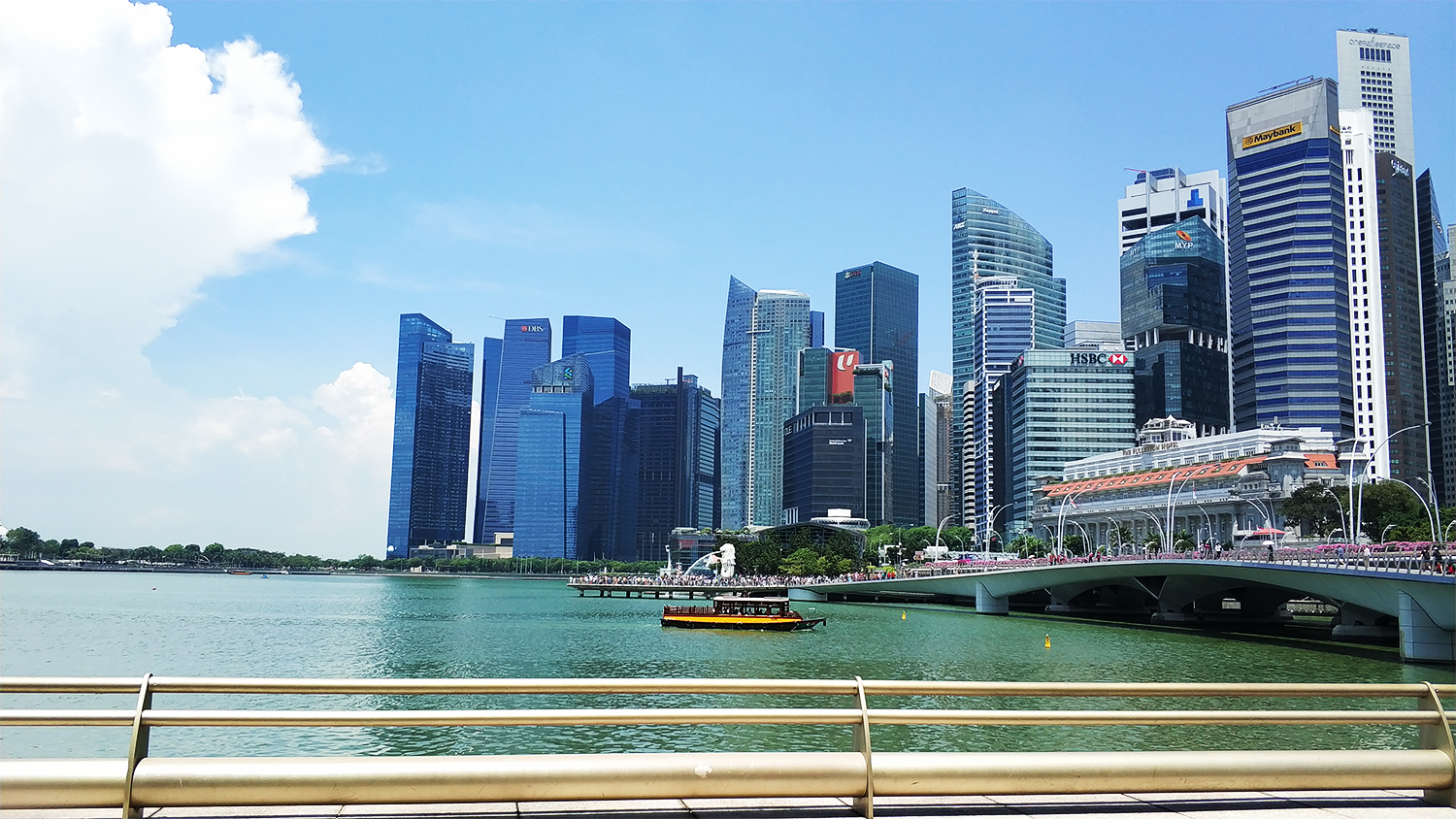
Key words: green plants, design atmosphere, details of urban facilities, museums
Before traveling to Singapore, I didn't expect much from this country. Accustomed to the busy and high-pressure life in big cities every day, it is of course more appropriate to choose to go to the island to change the environment and relax. In my impression, thanks to its unique geographical advantages, Singapore should be a rich, crowded and even self-reliant city. The atmosphere and rhythm are similar to those of Shanghai. But when I really came to this land, I was immediately attracted by her distinctive temperament. Singapore is a charming city. Since the 1980s, it has been like a blank sheet of paper, attracting thousands of architects, landscapers, product designers, graphic designers, and urban planners to come here. Give full play to their talents and give this city a unique soul.
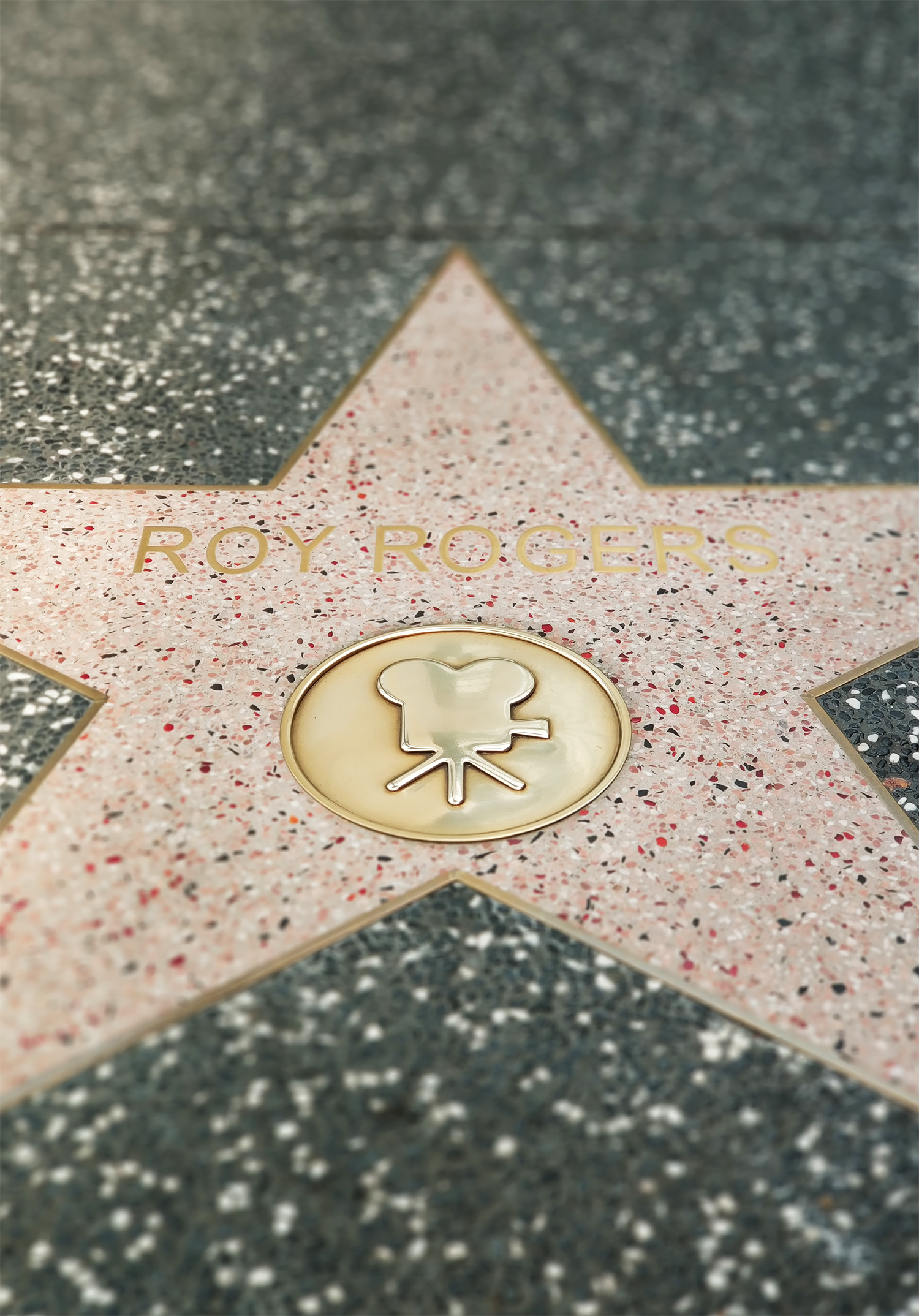
Clean
If I were to say what impressed me most about this trip to Singapore, the first word I could think of was "clean". Although Singapore's cleanliness has long been as famous as their whipping, you can still be shocked when you are really in it.
Thanks to the high quality of the people themselves and the severe punishment of the country, the city can be said to be clean and tidy at 360 degrees without dead corners. No matter in the city center or on the ground in relatively remote residential areas, there is no piece of garbage at all, let alone spitting or smoking in public places. This is even worse than Japan, and it is even more unimaginable in Shanghai. Even I deliberately took the prickly idea to observe some normally sparsely populated corridors with no dead corners. This kind of urban environment is really the envy of me, a native of the magic capital!

Odor identification
I got off the plane and came to Changi International Airport, which is said to be the most beautiful airport in the world. "Confirmed the smell, it is the taste of Southeast Asia". I have been to many Southeast Asian countries, each of which has its own characteristics. The only thing that is exactly the same is the faint vanilla smell in the air, which can be said to be the common odor mark of Southeast Asian countries. After smelling this smell, the body seems to automatically enter a relaxed state and turn on the vacation mode.
Since the main source of Singapore's economy is shipping and tourism, there are almost no large-scale industrial emissions here. The air quality is very high. Compared with the 24K pure smog smell mixed with Shanghai bus, truck, luxury car and sports car exhaust, it is also a special smell label.
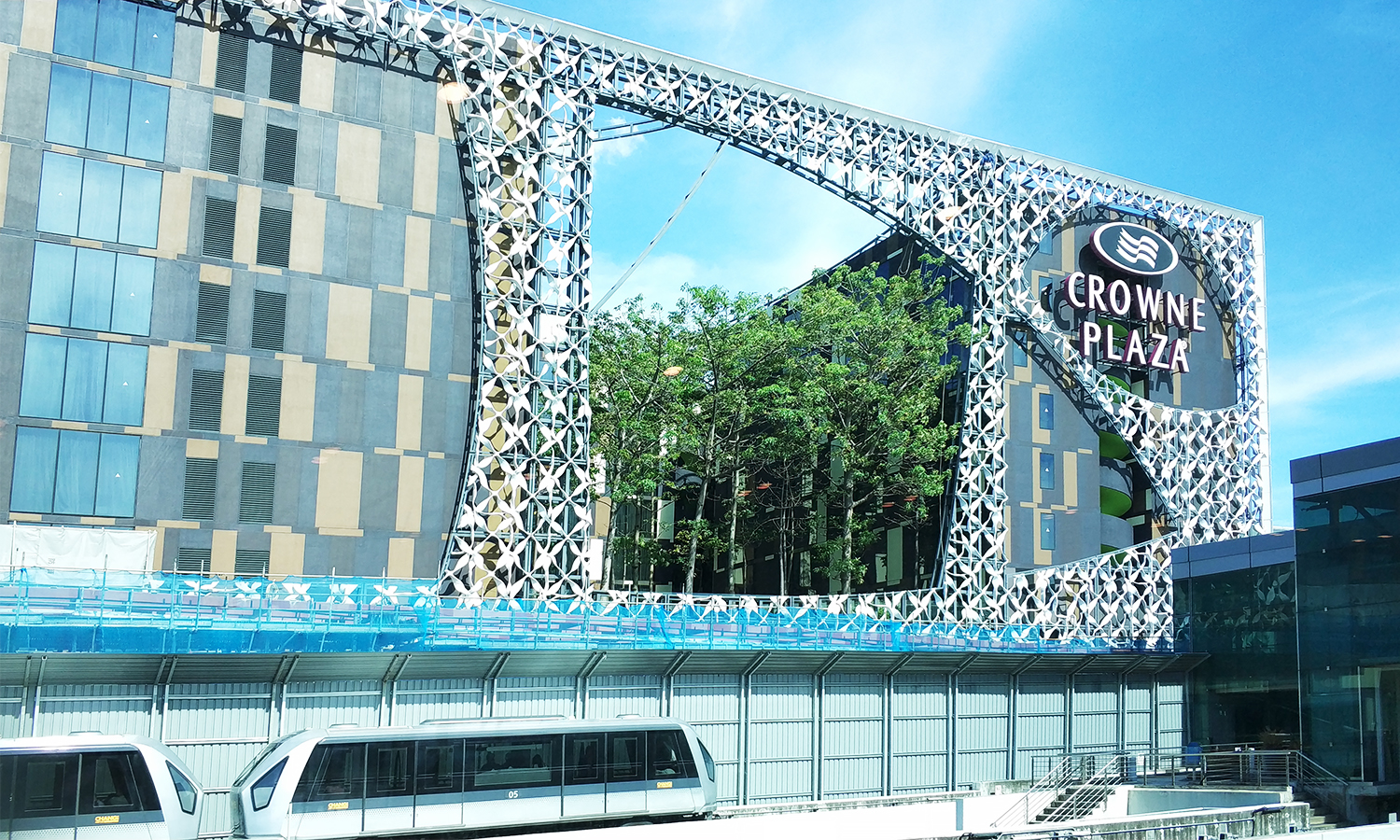
Garden City, Convention and Exhibition Capital
Leaving the airport and getting on the bus, the first thing I saw was this building. There was no special attention at the time, because the driver who picked up the plane had been introducing the country to us in his very Singaporean Chinese. By the way, there are 76.7% Chinese in Singapore, so even if your English is not very good, you will not encounter any communication problems here. In addition, some are Malays and Indians. This is related to Singapore's colonization by the great powers and the grievances and enmities with Malaysia, which will not be expanded here.
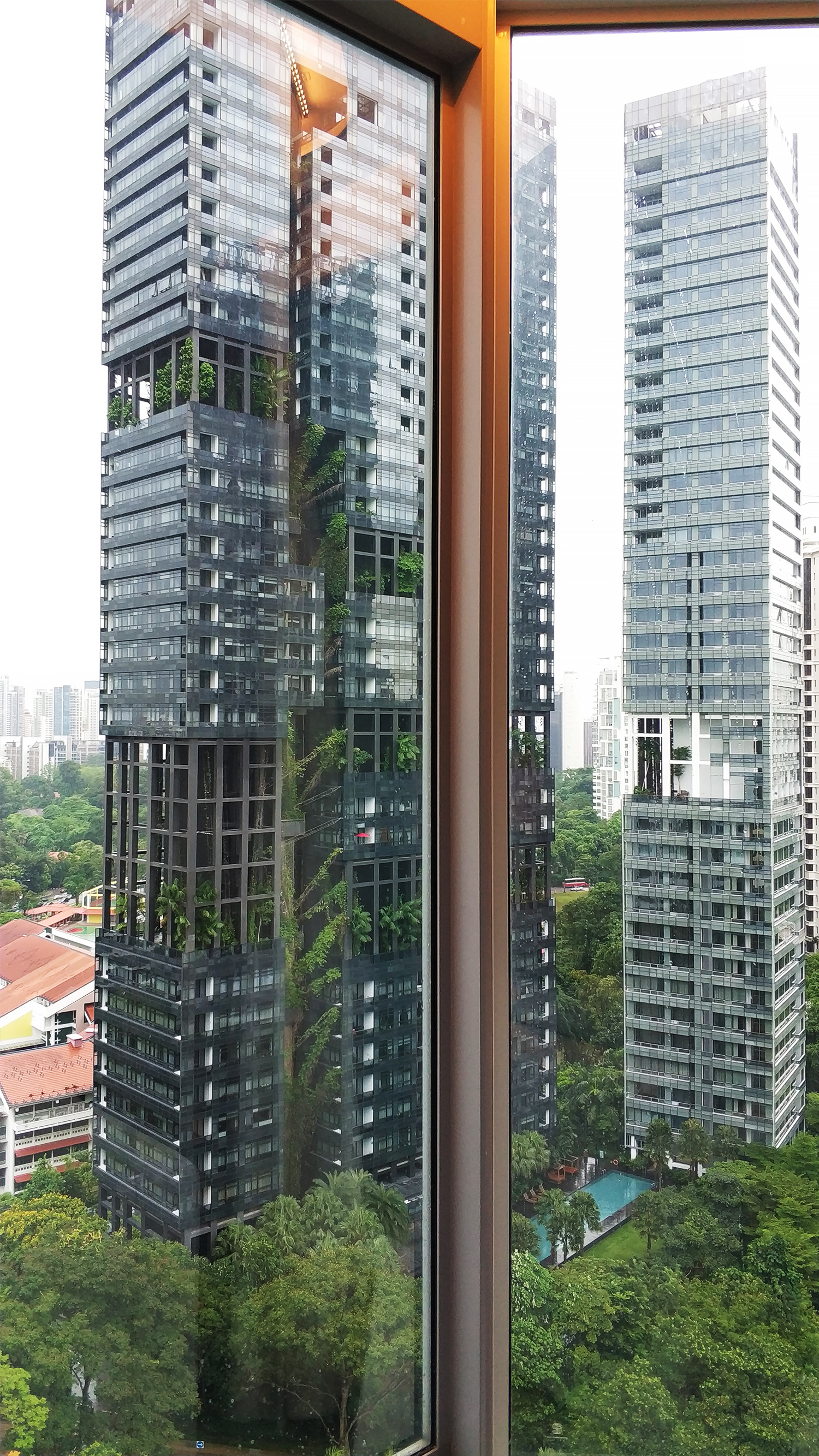
As Taxi drove all the way into the city, I was surprised to find that Singapore was full of this architectural model of combining green plants and buildings. In fact, friends who know something about architecture know that this model is not new, and it is very common in many places abroad. Its core idea is to regard each building as a "big tree", the building part is a "trunk", and the plant part is a "leaf". As an independent ecosystem, plants play an irreplaceable role in the regulation of two-way balance. It's a bit like the kind of micro-ecological bottle that can be bought in the flower and bird market, with animals, water and plants in it. Plants carry out photosynthesis during the day and respiration at night to maintain the balance of the entire ecosystem, which is regarded as the most important part of the ecological bottle. This architectural model is simply tailor-made for Singapore. On the one hand, it provides a good living and office environment for indoor personnel. On the other hand, as much greening as possible has been added to as little floor space as possible. Therefore, an architect who cannot write chemical equations must not be a good ecologist. These "big trees" can be said to hold up the signboard of the garden city.

Of course, Singapore's greening rate of up to 50% is not only sufficient by these "big trees. Walking through the streets of Singapore, I was deeply impressed by the large green plants and unusually tall tropical plants that were everywhere. Compared with Shanghai, this city does not see very wide roads even in the downtown area. Most of the whole city is full of green and scenic sheep intestines. These trails extend like tree roots to "under big trees" to nourish this prosperous and young city.
I went to check the greening rate of Shanghai with great interest. The results show that the greening rate of Shanghai in 2017 was 30%, nearly 20 percentage points lower than that of Singapore. But also considering the suburbs of Shanghai, which are covered by large tracts of farmland and woods, this gap is even more obvious.
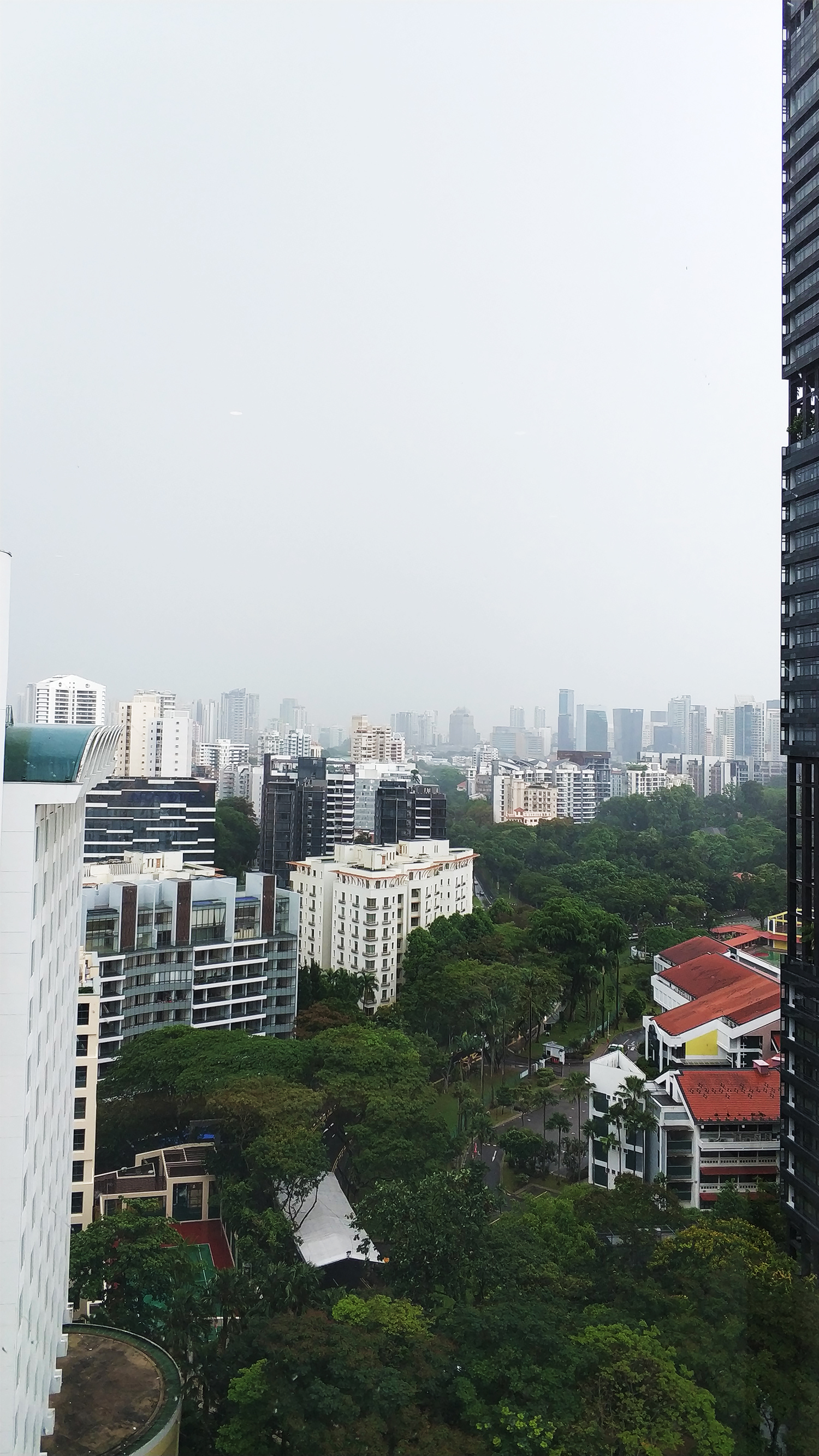
Urban transportation
As mentioned earlier, the roads in Singapore are often narrow, so public transportation is a big challenge for Singapore, which has only one-sixth of Shanghai's area but one-third of Shanghai's population. According to my observation for several days, there will be traffic jams in Singapore during the morning and evening rush hours, but the traffic jams are not as serious as those in Shanghai. There are a lot of tidal lanes and one-way roads in this city, and there is no phenomenon of random parking or pedestrians crossing the road. Even in places with a large number of tourists, taxis stop in the specified area in strict order. Good urban road planning and the high quality of the people enable the city to maintain efficient and high-intensity continuous operation.
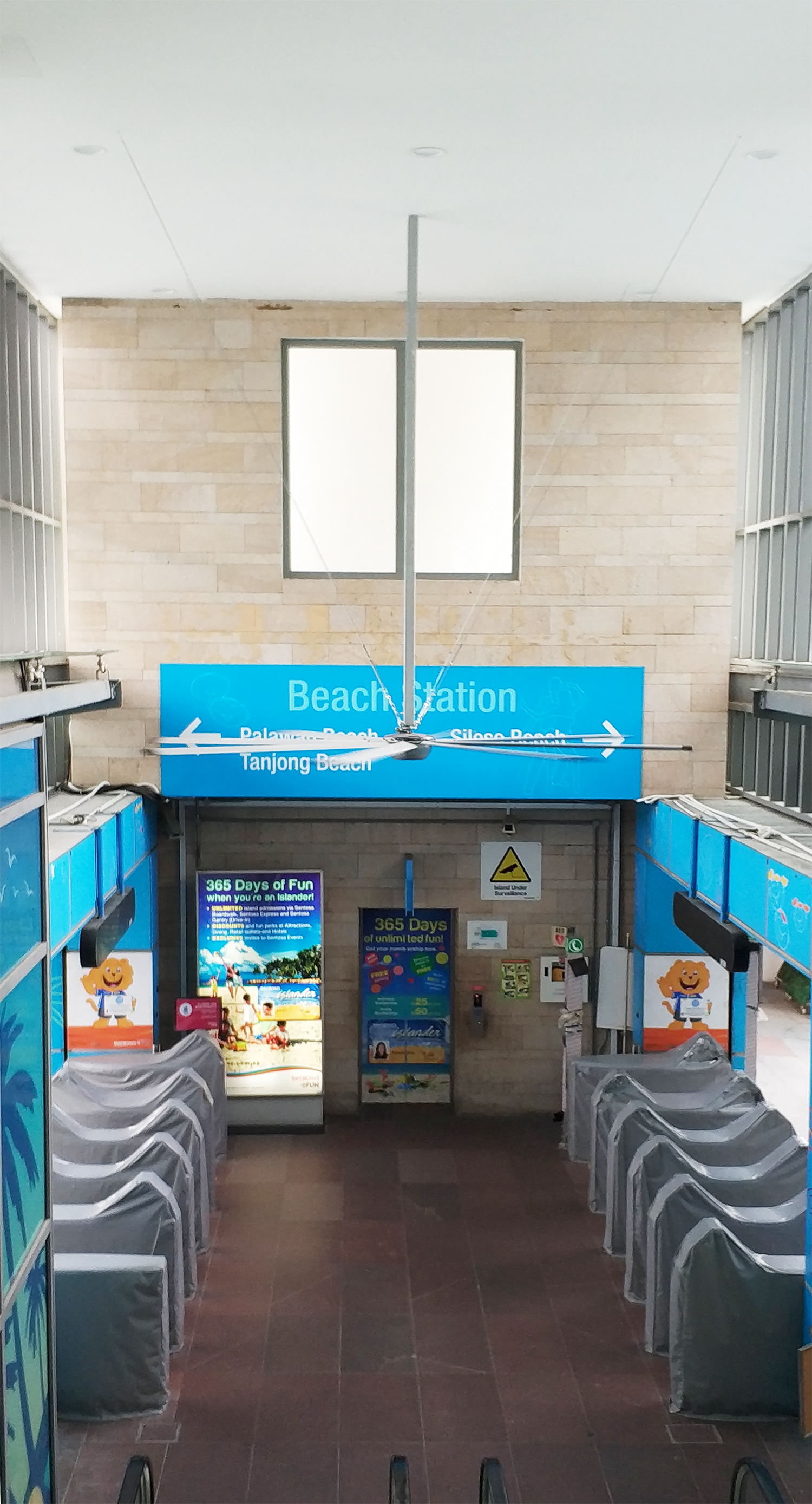
Another thing worth mentioning is the MRT. I didn't take their commuter rapid transit downtown because I was lazy, but just experienced the short transit transit on Sentosa resort island. The short barge MRT is small and cute, and has a variety of colors and paints, which is very in line with the relaxed and lively atmosphere on the resort island. The MRT on the island runs in a loop, connecting the beach and Vivo City (a large shopping mall with a lot of food, drink and shopping) and passing through Singapore's famous place of play-Universal Studios, which is the main mode of transportation for tourists on Sentosa Island.
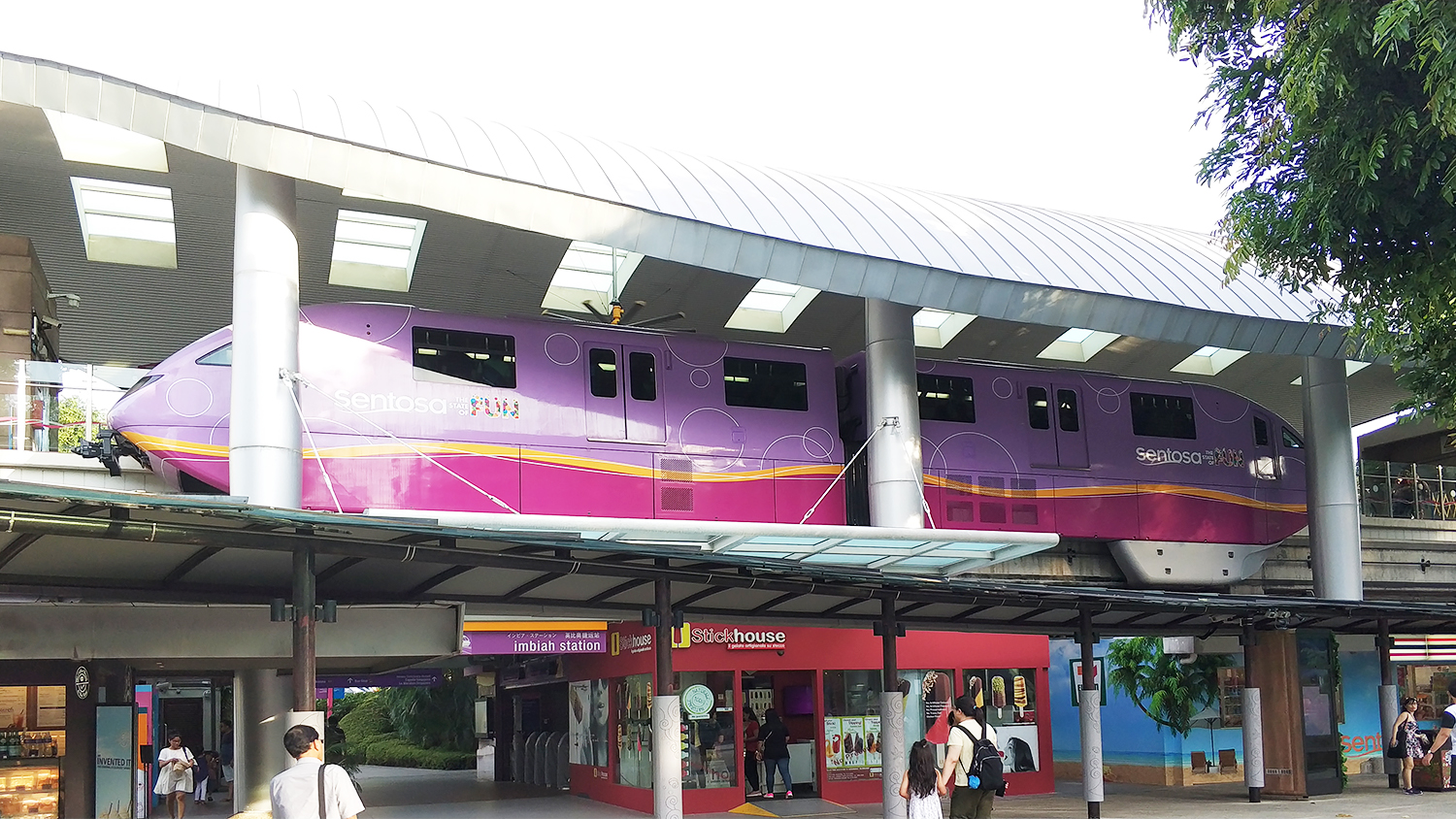

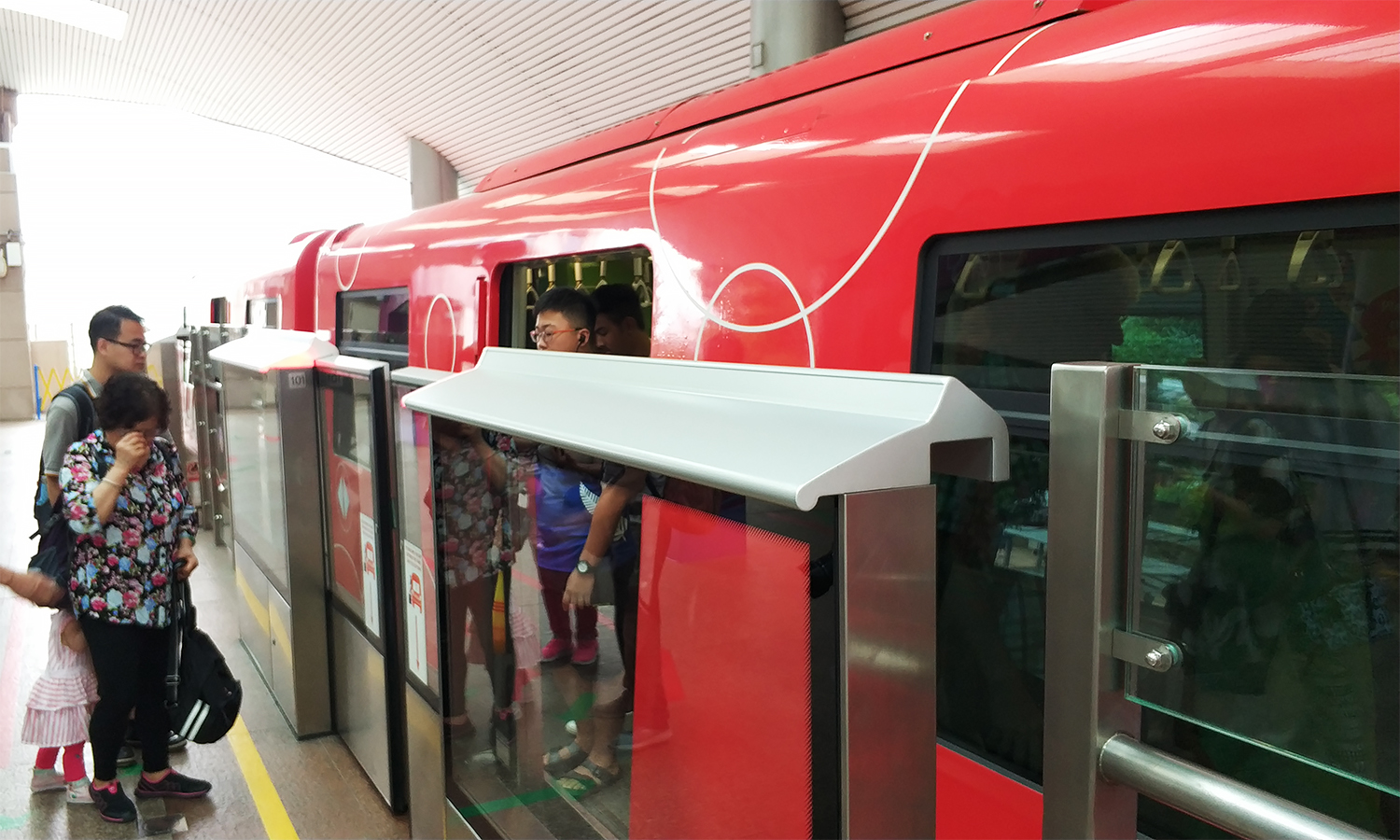
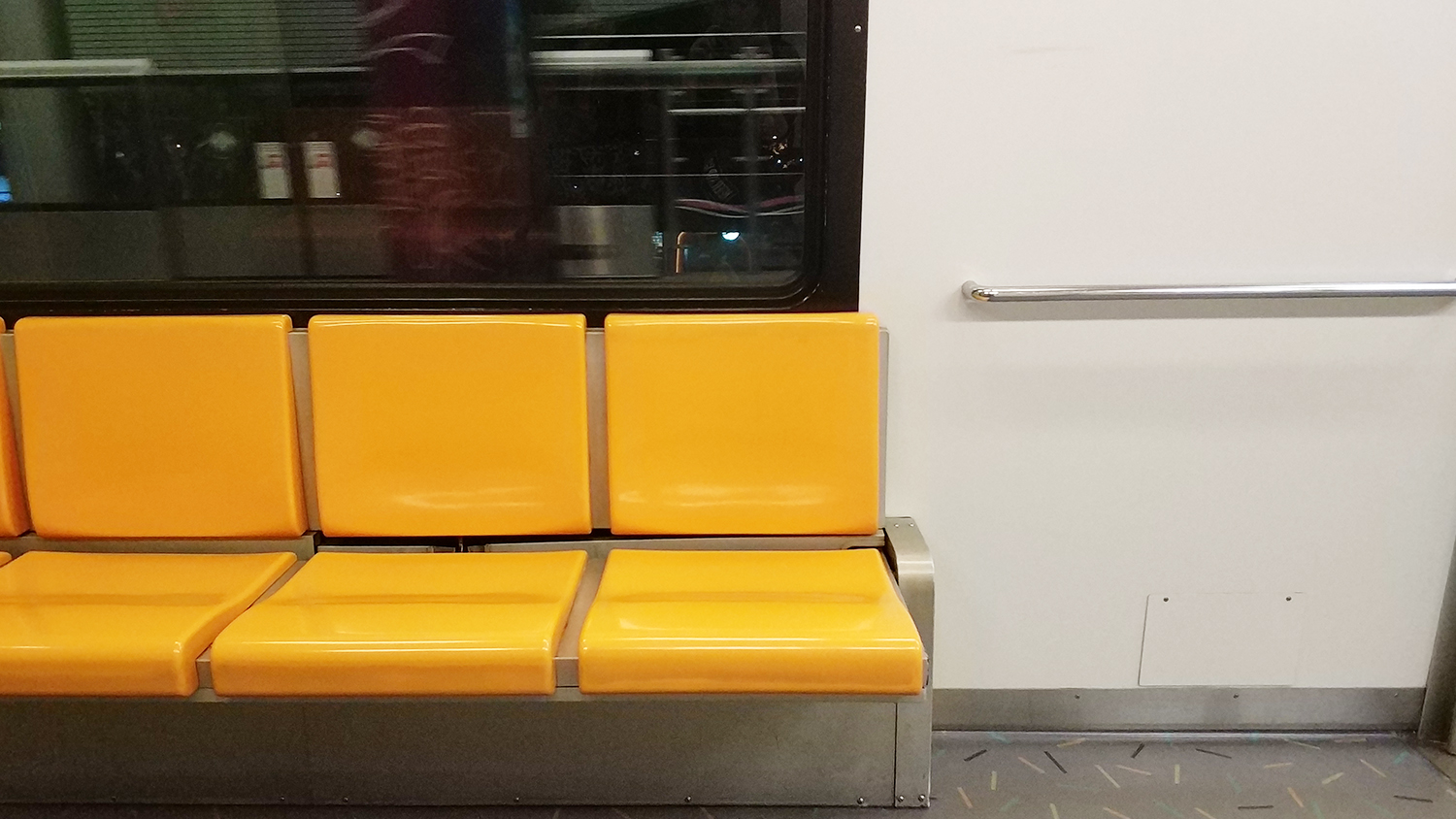
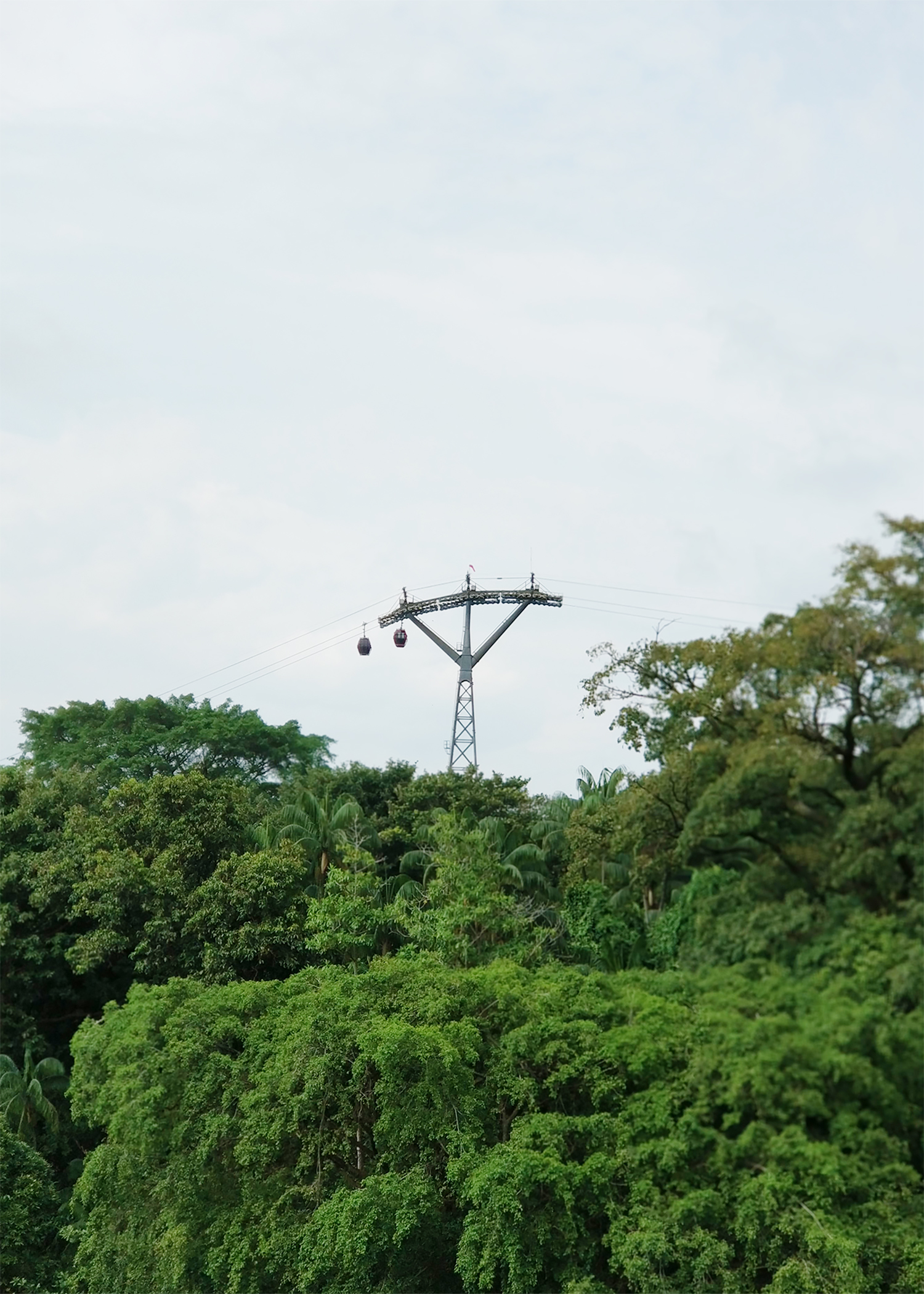
Cable car
Singapore is located at the end of the Strait of Malacca. A look at the world map shows that this area has very frequent geological activities. Unlike Shanghai, which is built on alluvial plains, the roads in Singapore are not very straight, and small hills and ramps are very common. This makes the cable car widely used in the area. On Sentosa Island, the cable car is not only a play project, it is also a mode of transportation. From Huabai Peak Station to Merlion Square, it passes through several stations and stretches for several kilometers. In addition, before returning to Shanghai on the last day, I was surprised to find that the three terminals of Changi International Airport could also go back and forth by cable car. This shows how much people in this country love cable cars.
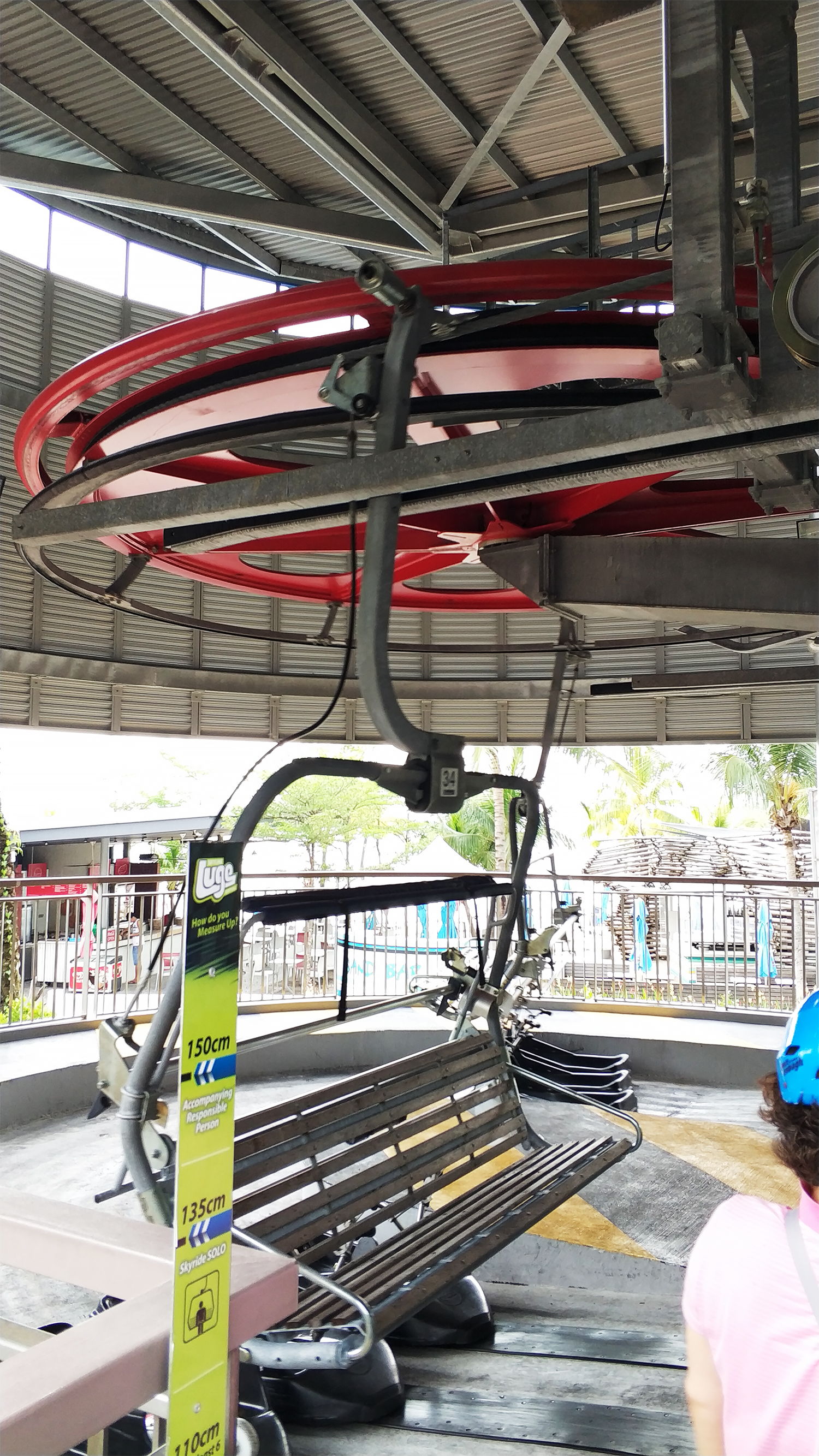
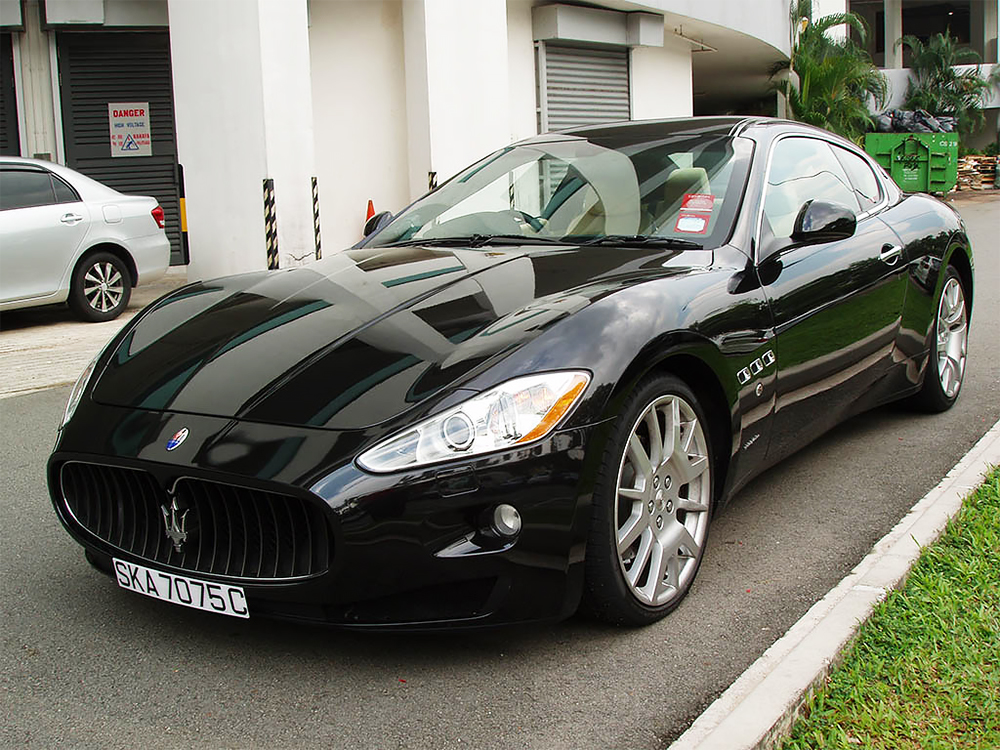
Car license plate
In a few days in Singapore, the local car license plate successfully caught my attention. Both long and flat license plates are unified by a white frame with a corner radius of 2cm with a pure black background and a beautiful white font with a center. The whole looks clean and clear, simple without losing details. With this license plate, I feel that even a broken van has a touch of elegance and nobility. On the other hand, the license plate of Shanghai's "Chinese cabbage" color matching electric car really makes me unable to complain. Several Tesla cars near the community pressed it and drove a civilian tractor to pull cabbage.


Coin
At the beginning, I was very curious about why the Singapore dollar was also called "dollar". Later, when I checked the information, I found that many countries that had been colonized by the British in history had maintained the tradition of "dollar" after independence, such as the United States. Of course, there are some exceptions, such as Indian coins called rupees and so on. Of course, I don't want to introduce too many SGD history today. The reason for listing a separate chapter is that I really like the smooth plastic paper-like feel of SGD 2, 5 and 10 and the unique transparent area in the upper left corner. You can look at the photos and feel them at will.
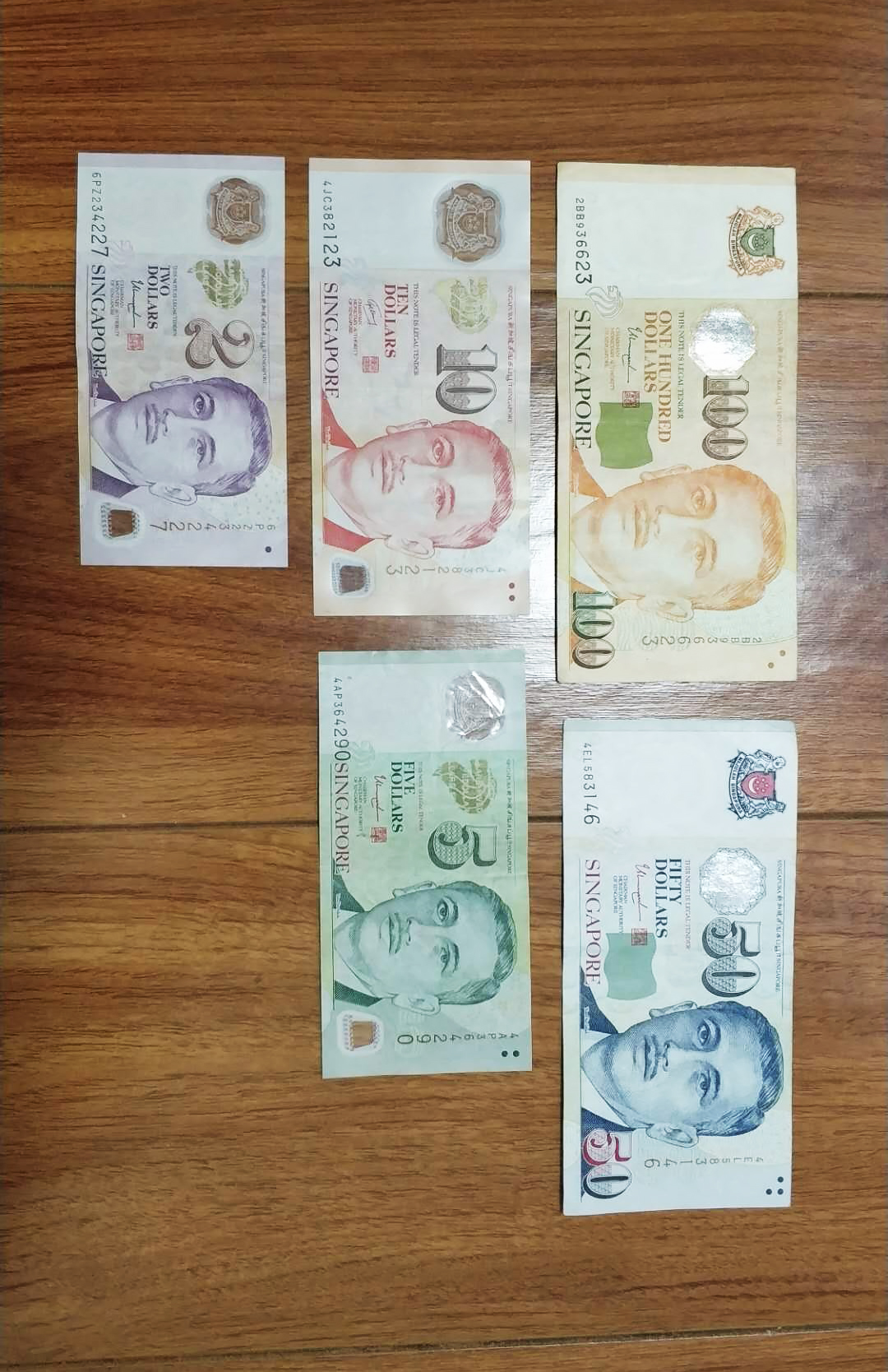
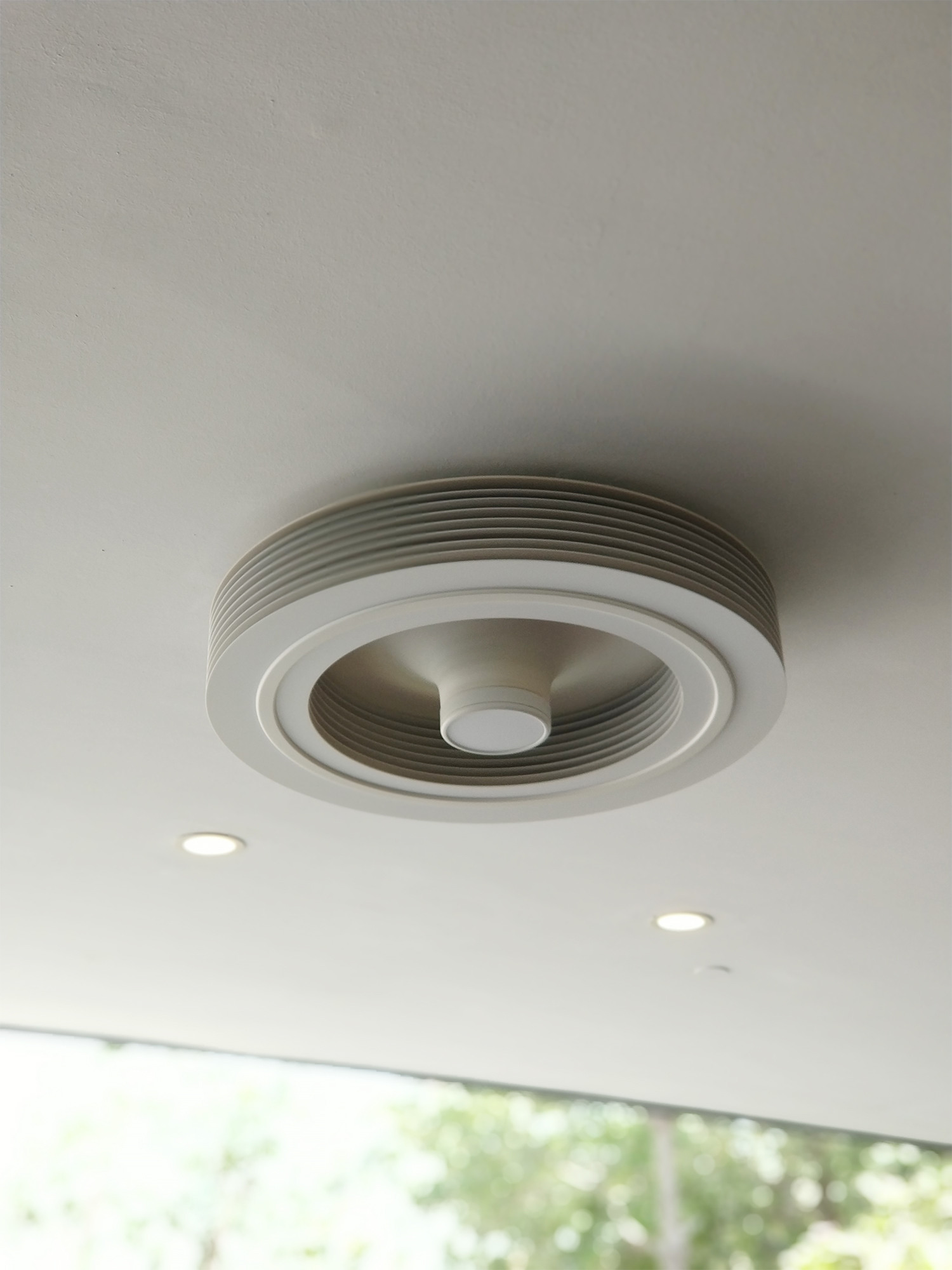
Leafless electric fan in restaurant
This is a bladeless fan taken at lunch in Marina Bay Garden. The bladeless fan is also called the air doubling machine, which can produce natural and continuous cool wind. Because there are no blades, it will not cover dust or hurt fingers. Dyson has several similar vertical bladeless fans with sufficient air volume and low noise. If you are interested, you can experience them yourself.

Supermarket price tag
When visiting Singapore supermarkets, I found that nearly 70% of the stores use this electronic price sign. A closer look at the sign display shows that it is divided into two columns. The upper column is wider to show the price, and the lower column is narrower to show some simple product information, such as ON SELL or SOLD OUT. The advantage of this is that commodity shelves will no longer be blackened and dirty due to the glue marks left by repeated tearing of price tags (recall many dusty hypermarket shelves in China). The overall visual effect is neat and uniform, and the price is clear at a glance. Customers will not be unable to find the corresponding commodity price due to unclear handwriting, scribbling or insufficient stickiness, thus improving the overall consumption experience. So in the long run, this is worth more than the return on investment.
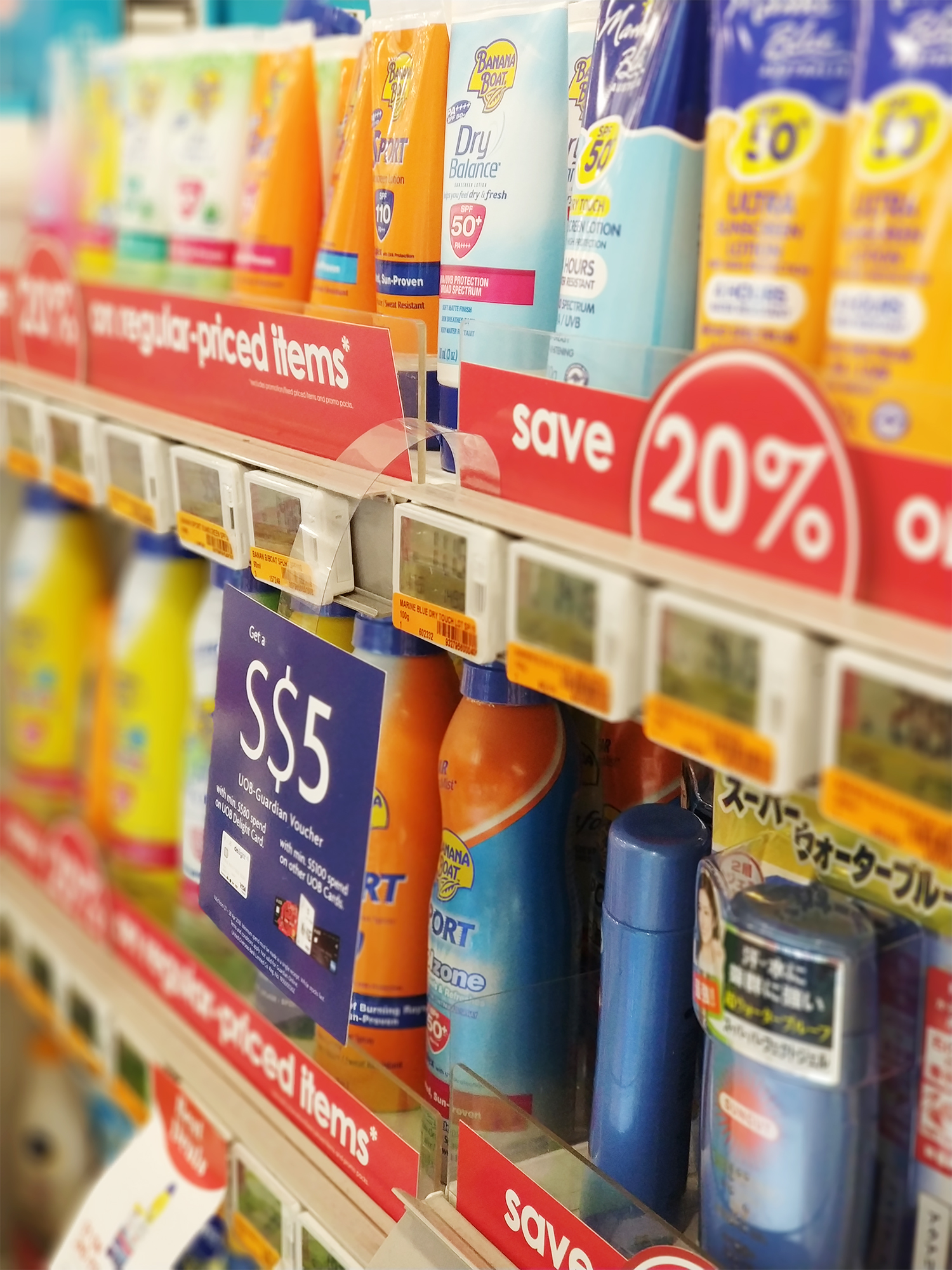
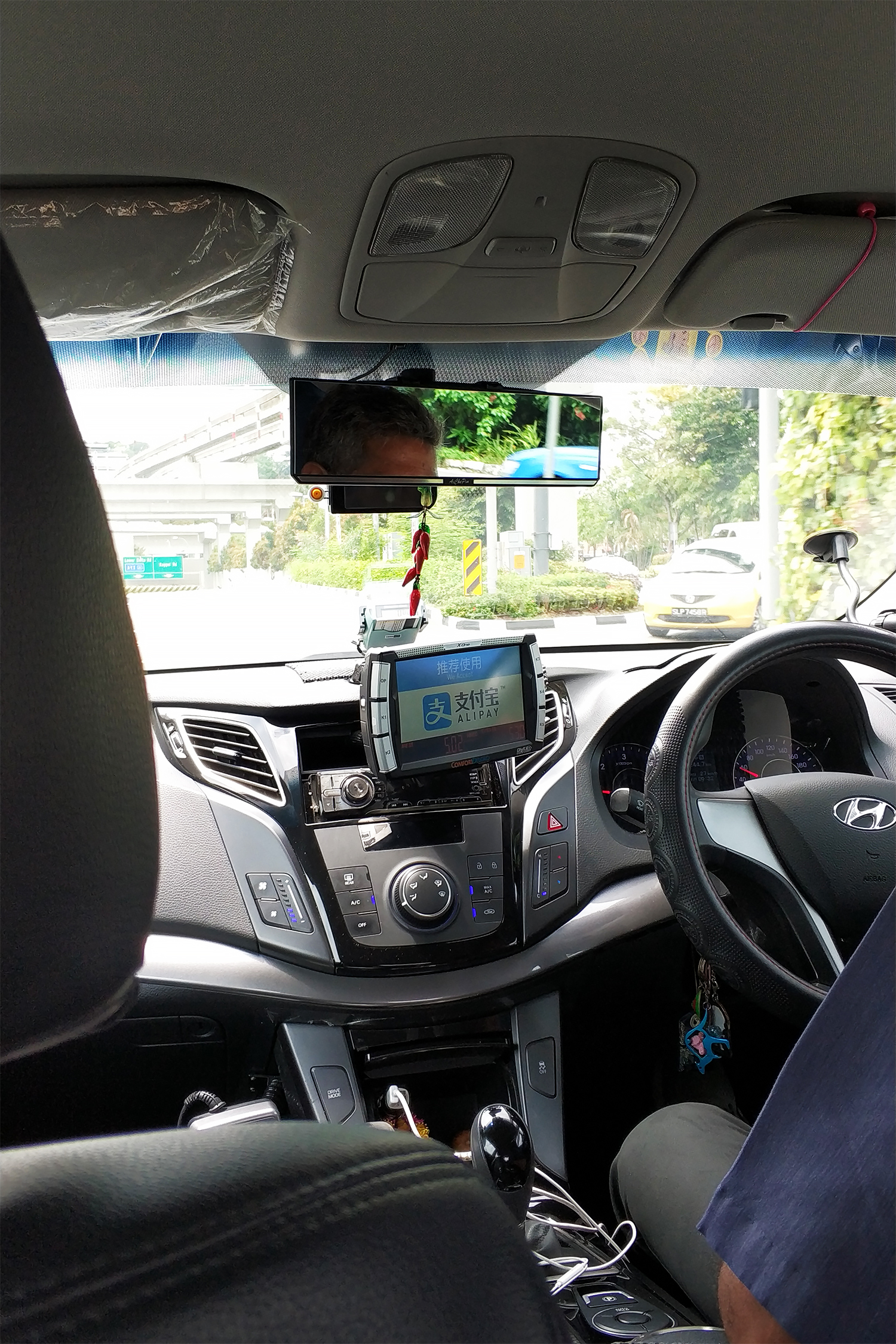
Rear view mirror on Taxi
If you don't want to squeeze MRT when traveling in Singapore, Taxi is essential. Recommend a local taxi-hailing software called "Grab" similar to China's "Didi Special Car". All the people called in were private cars. The price was more reasonable and slightly cheaper than taxis. Of course this is not the point, this taxi rearview mirror is the point. Forgive me for not having resistance to this kind of thin frame and small chamfered rectangular product, but I just think it looks good, so I took it.
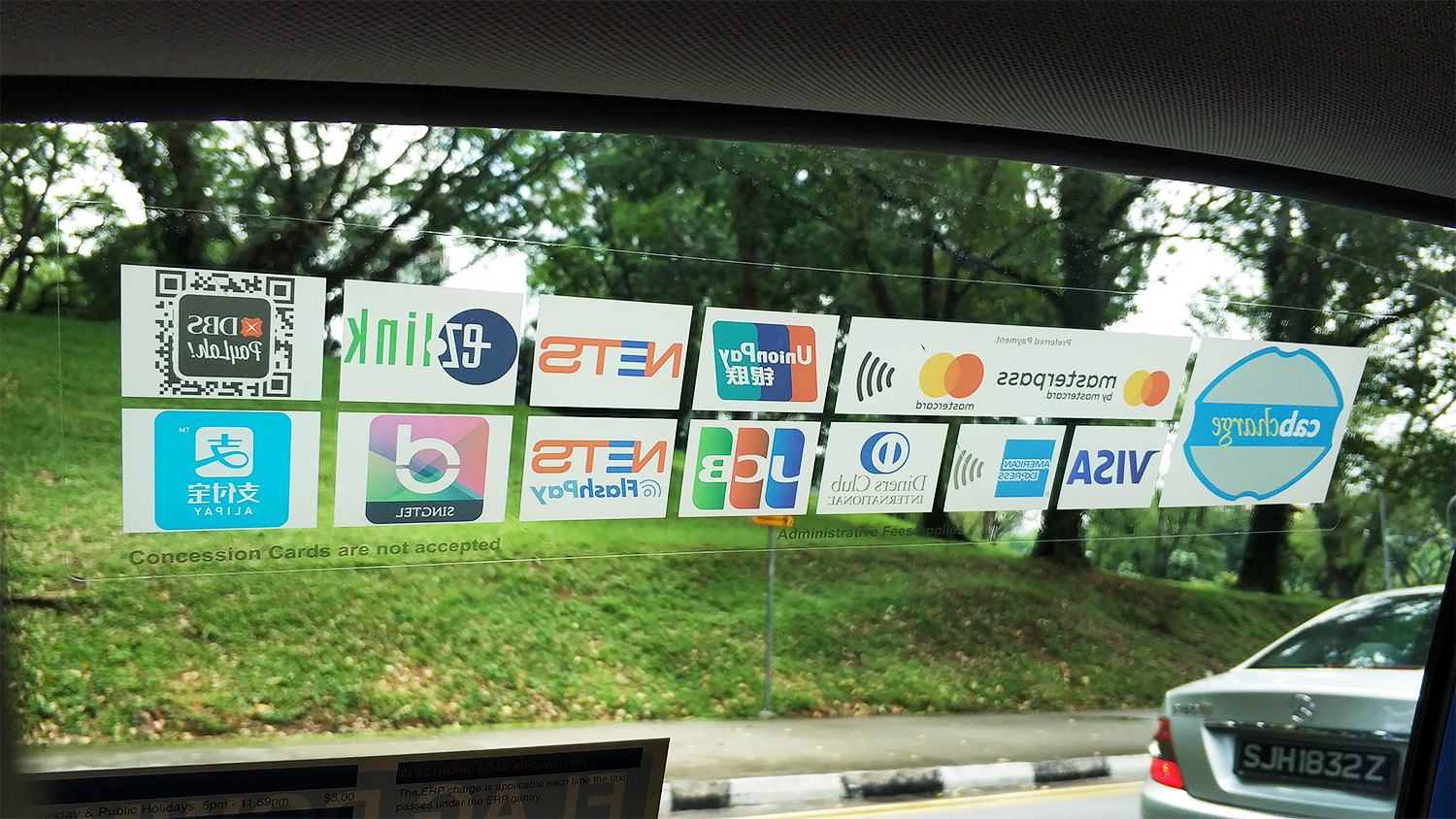

Unconscious design of airport urinals
This picture was taken in the toilet of Changi International Airport. At the beginning, I thought the black spot was a dirty thing, but I moved it to another one nearby. As a result, I found that there was also such a black spot. Looking intently, it turned out to be the icon of a small fly, and in an instant my brain made up 10,000 kinds of habits when going to the toilet. Well, my heart silently affirmed that the designer's idea was indeed on the point. I recall that I saw various icons with similar intentions on the Internet before, such as cross aiming and dart board, which were not as suitable as this fly. Naoto Fukasawa has a saying that impressed me, he said, "I don't want my product to be different in the whole space, nor do I want the whole space to be different because of my product. I just want it to disappear in the whole space and make people think it should be in that position". Flies belong to the toilet, and there will be flies in the toilet. This is a fact that all people can accept and acquiesce in nature. So this is a perfect unconscious design.
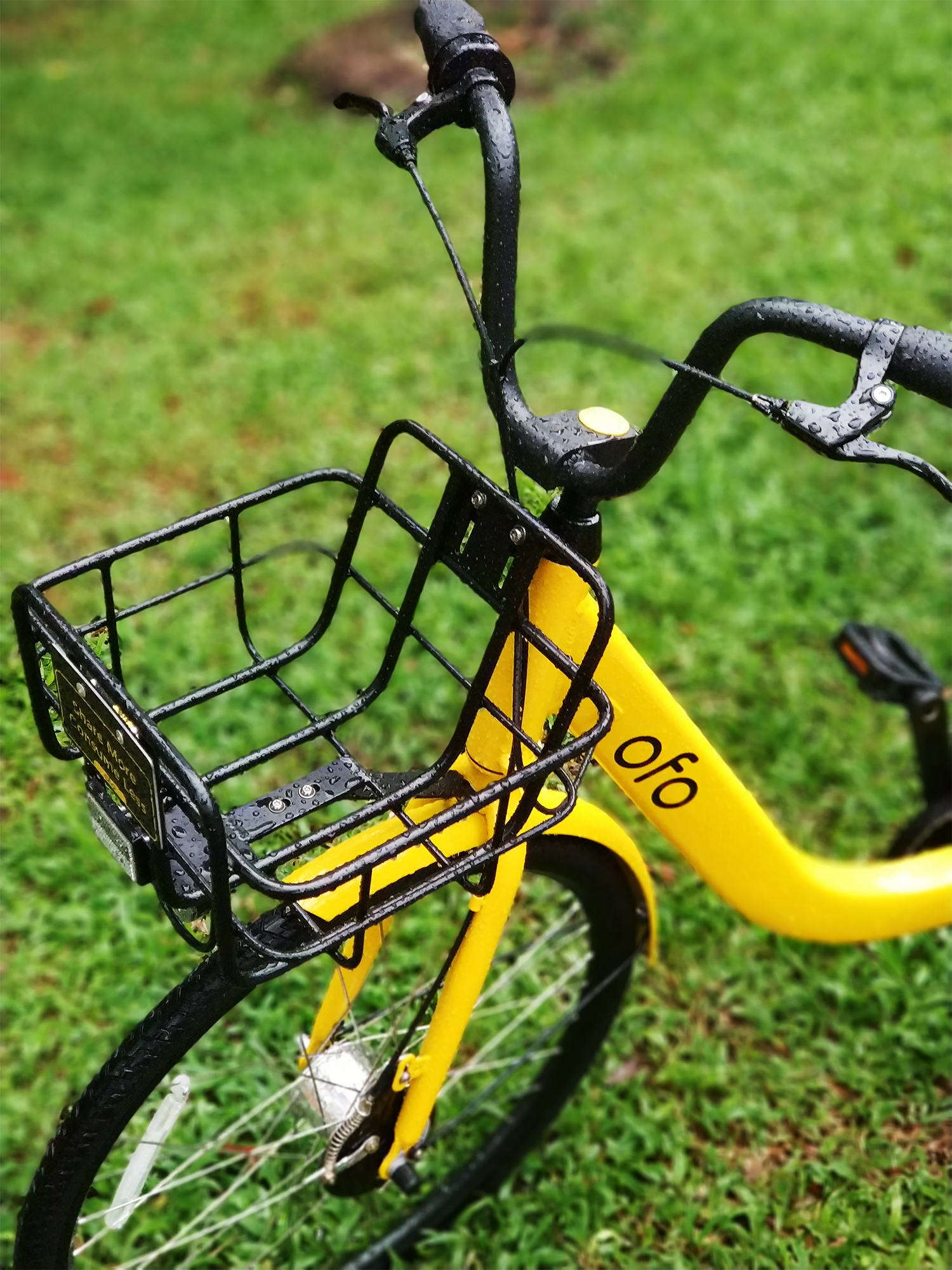
Ofo Little Yellow Car vs. Mobike
Accidentally, I also saw small yellow cars and mobike in Singapore. The two really went from home to abroad. Unlike the domestic situation, the number of bicycles here is very small and there is no intensive delivery (possibly related to local policies and regulations and population base). Before, some students asked if domestic APP could be applied. It was a pity that it was raining on the day of shooting, so I forgot to try it in a hurry. However, I have opened the APP to search and can find nearby cars! So speculation should be usable.
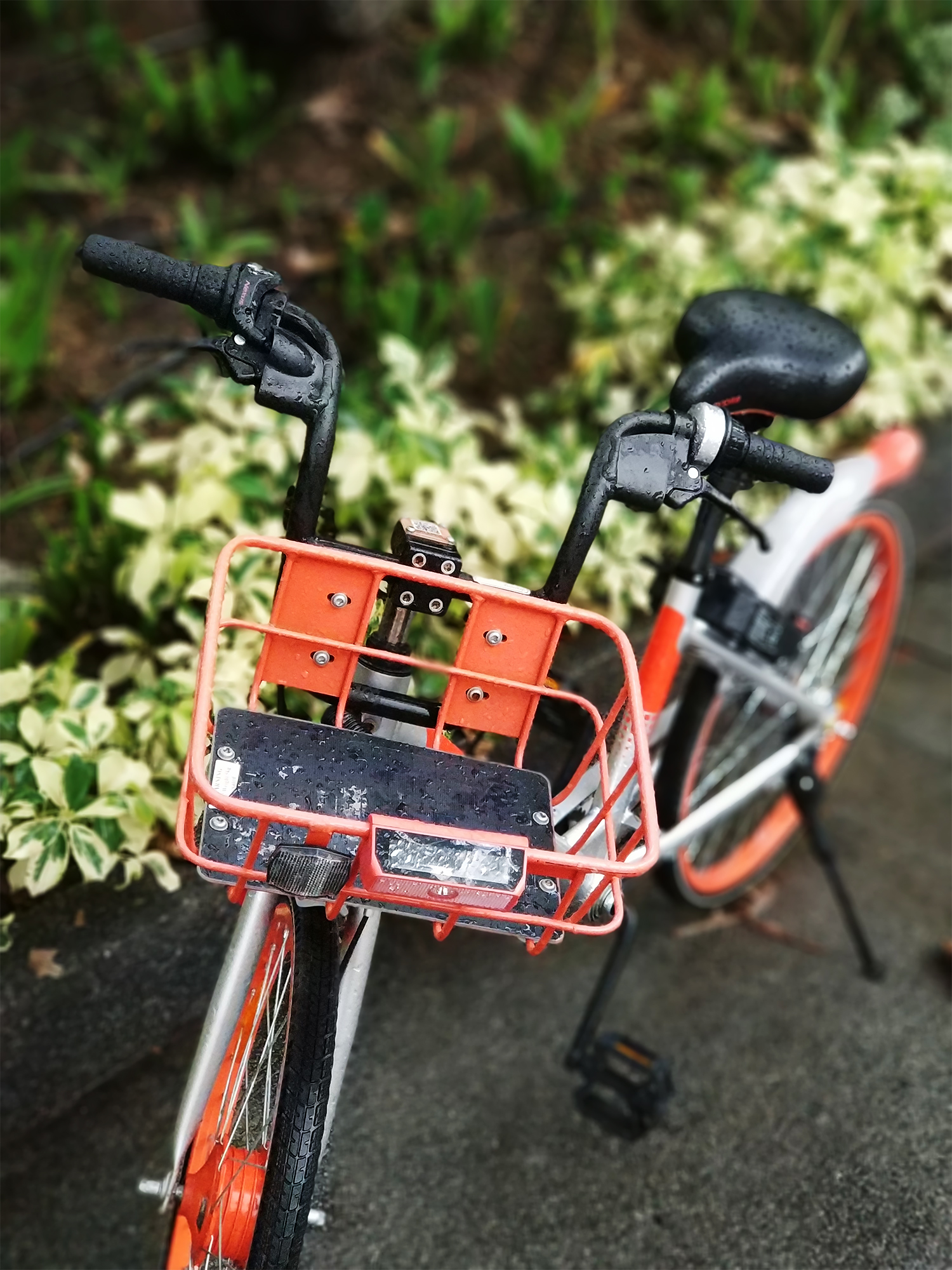
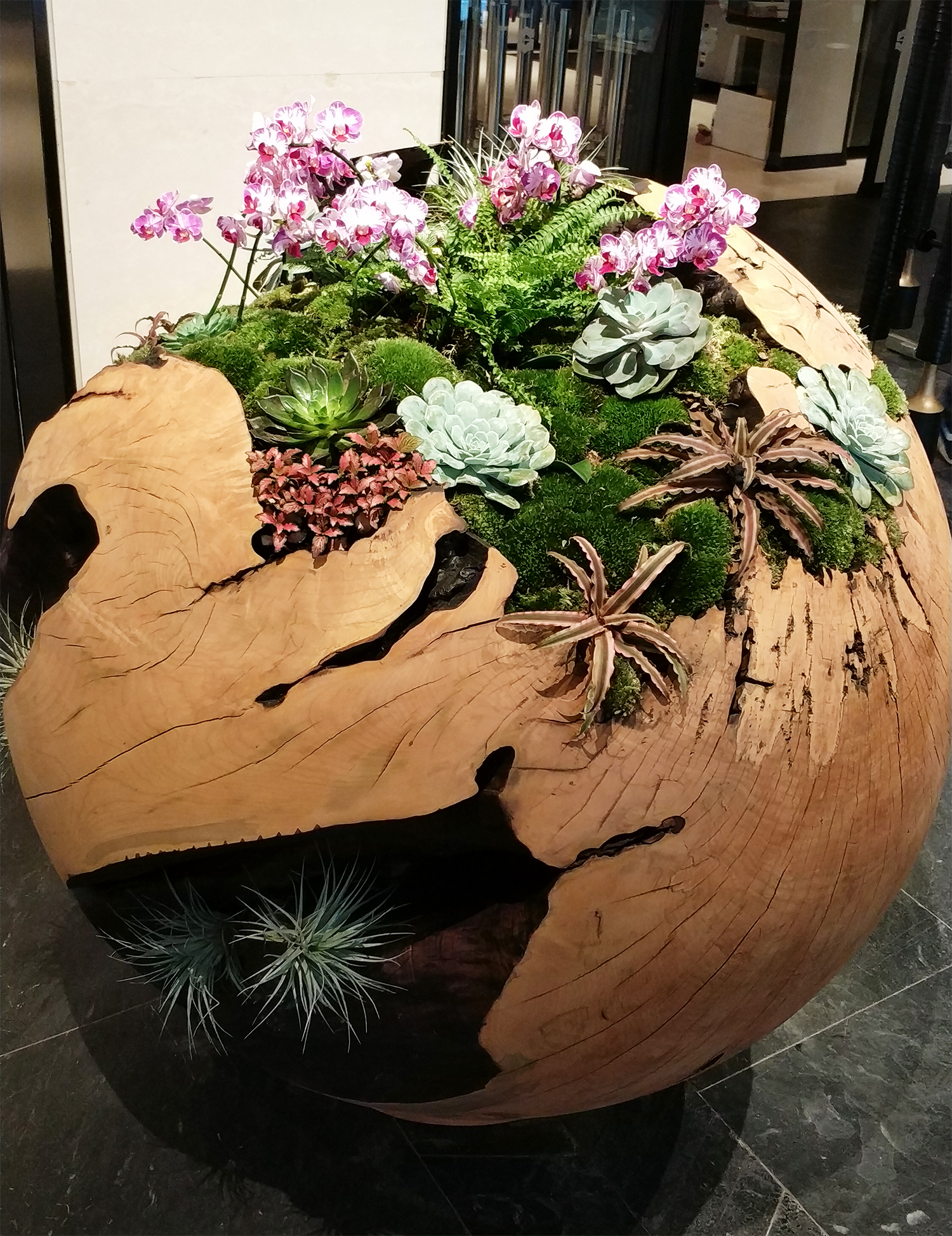
Decorative wooden balls at the entrance of Shangri-La Hotel
Photograph with decorative wooden balls at the entrance of Shangri-La Hotel on Orchard Road. In fact, this kind of wooden ball can often be seen at the entrance of hotels in tropical areas. At first, I thought the vegetation above was fake, but once I was idle while waiting for the bus. After a closer look, I found that it was real moss and plants. And there are many bugs and ants crawling on the surface of the wooden ball. The brain can make up that there should be one or more small ant nests and insect nests in every wooden ball, because I have seen ants with different division of labor, such as workers with small bodies and soldiers with big jaws. The whole ball has plants, moist soil, animals and natural sunlight, just like a small earth.
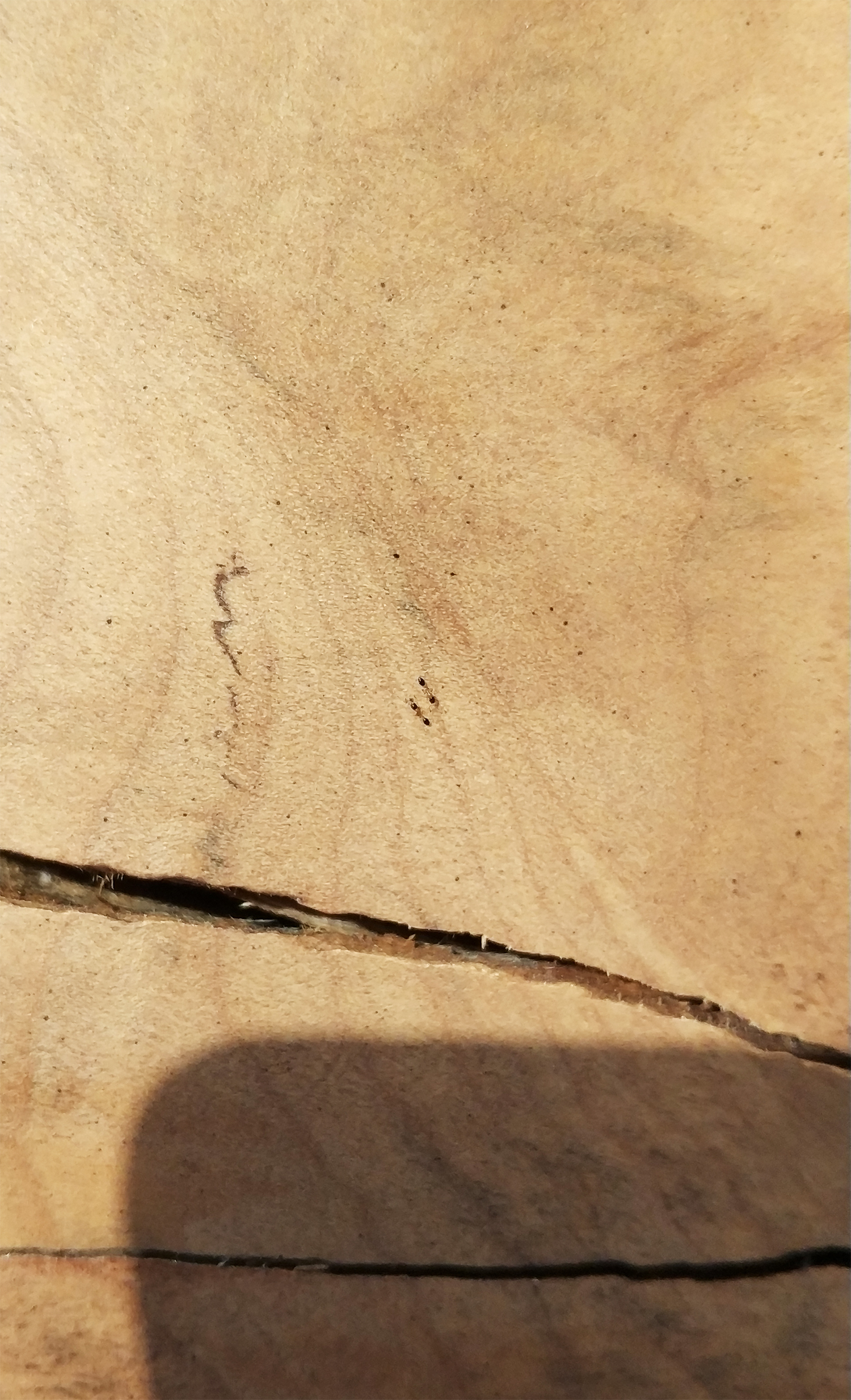
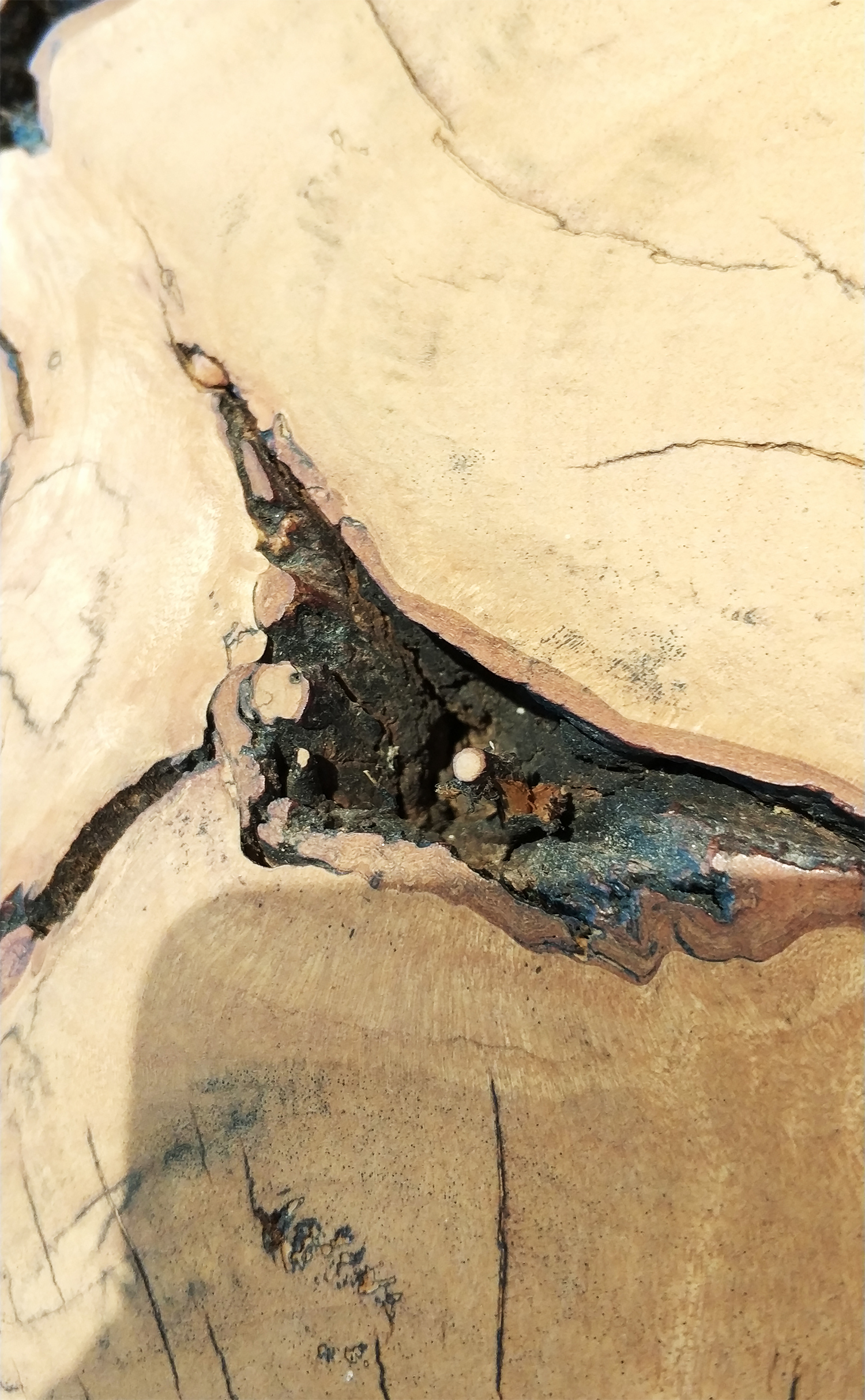
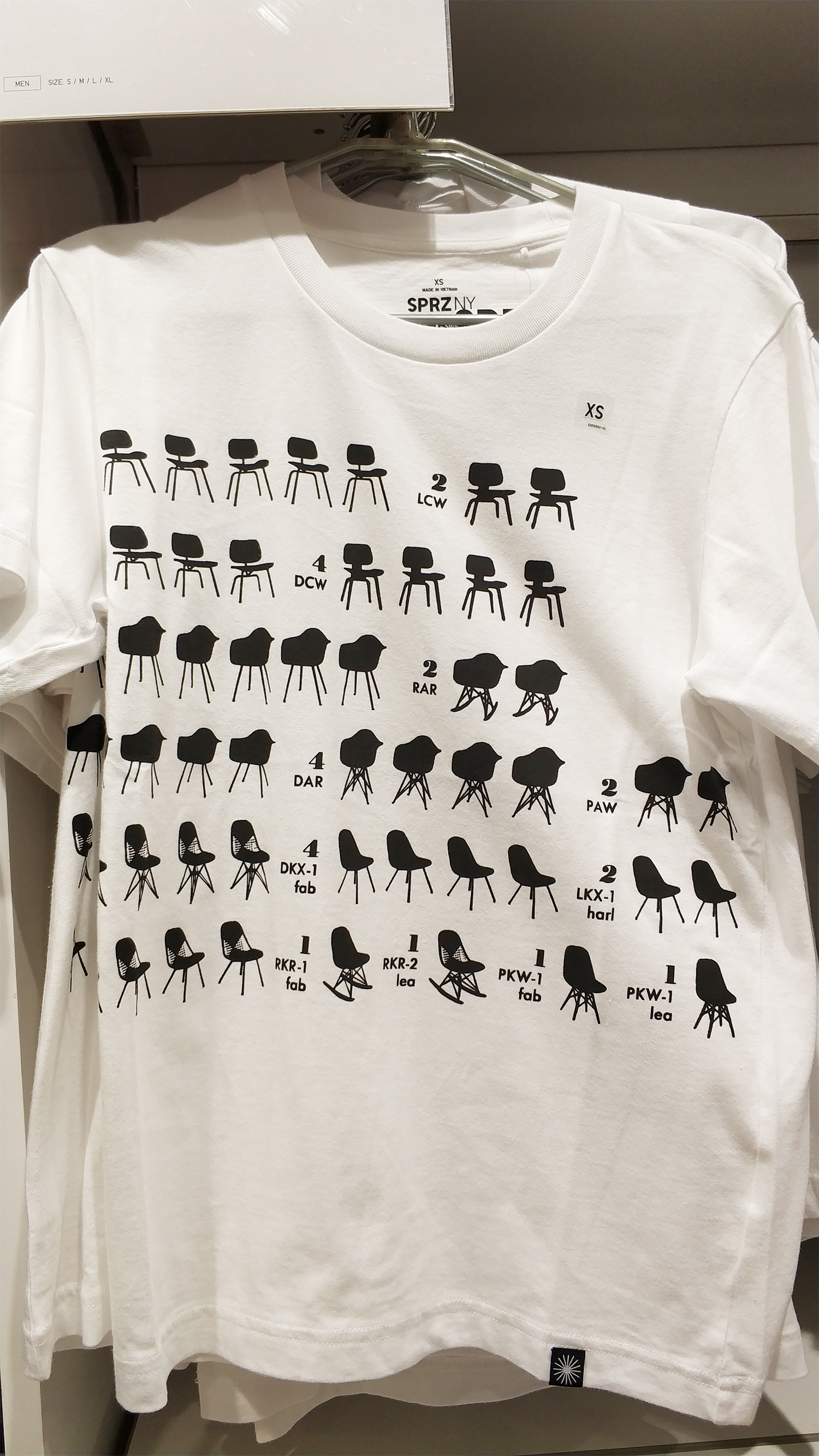
Uniqlo and Chairs
On the first day, I visited the local Uniqlo after dinner in vivo city and found this interesting dress. There are many big stars of the chair class, DSR, DSW, pelican chair and so on. In fact, there is also a red T-shirt with a huge DSR chair printed on the front. This detail shows how strong the design atmosphere of the city is. It's a pity that the typesetting and printing level of this one is slightly worse, and the pattern is a little fuzzy, so I didn't buy it in the end.
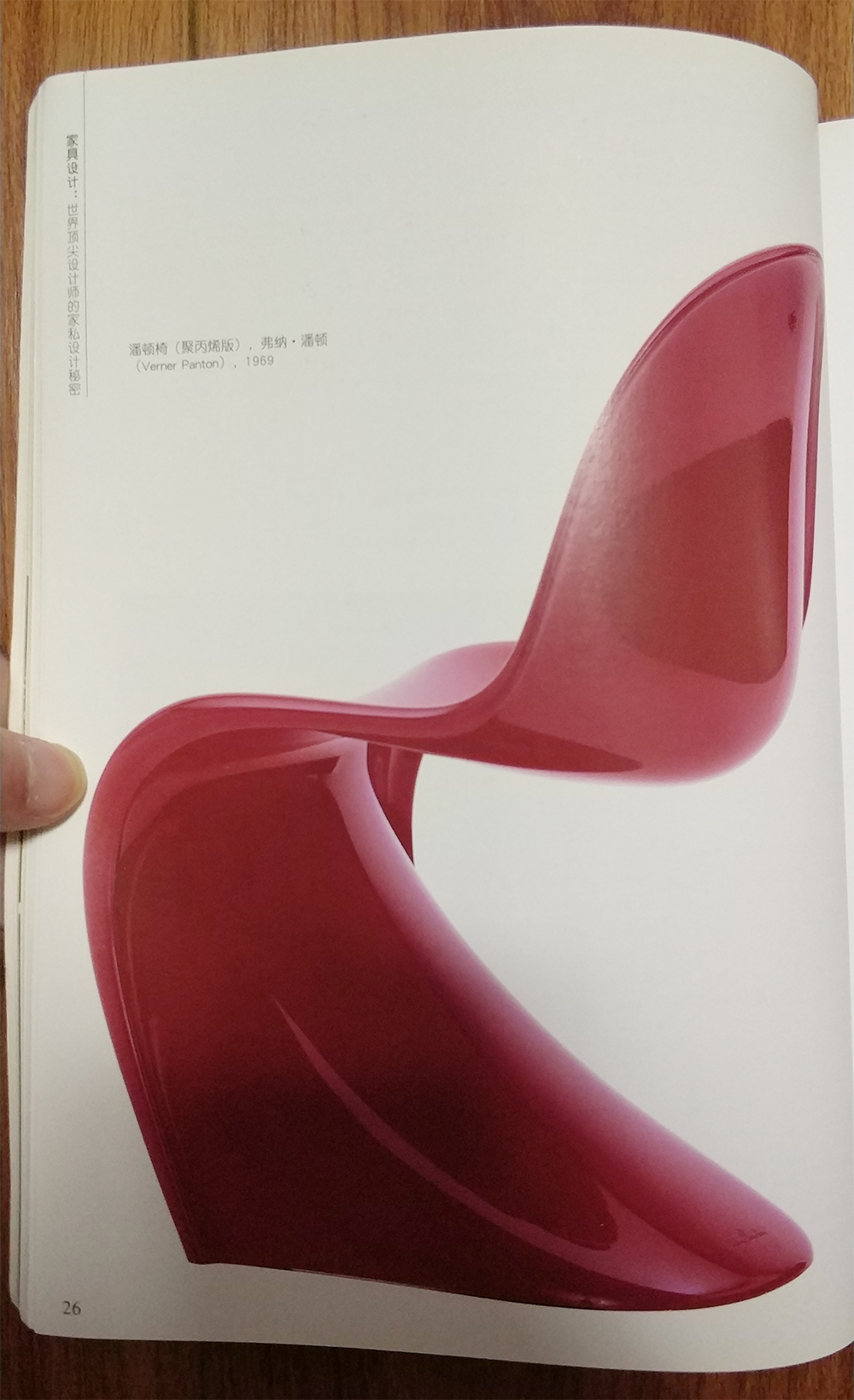
Here is a little knowledge for you. In fact, we use a lot of DSR, pelican and Panton chairs, which are very fashionable, were designed as early as the 5th and 60th of the last century. What is more interesting is that the purpose of designing these simple or integrated chairs at that time was mostly to save materials or reduce costs. Here I can only sigh with emotion that classics are classics, just like those old-fashioned electronic devices of BRAUN, they will never be eliminated by the times!
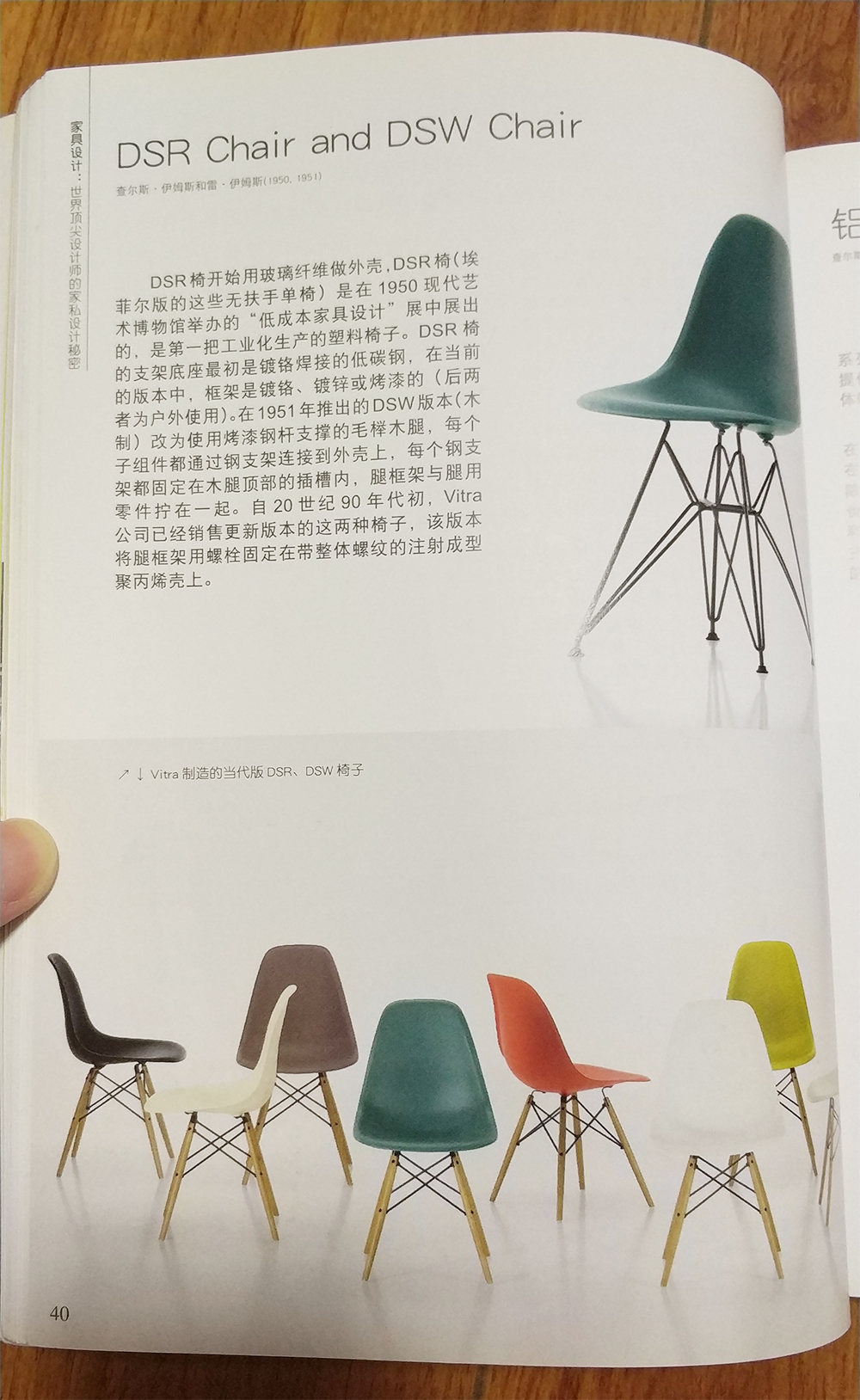

Museum
There are dozens of museums in the urban area of Singapore, large and small. Among them, for industrial designers, the must go to the Red Dot Museum. It is worth mentioning that most of the photos I saw on the Internet about the Red Dot Museum are traditional English red brick buildings. However, in 2017, the Red Dot Museum has moved from its original site to the southern bay area (marina bay), adjacent to the famous Marina Bay Garden and the symbol of the Lion City Singapore-Merlion Park.
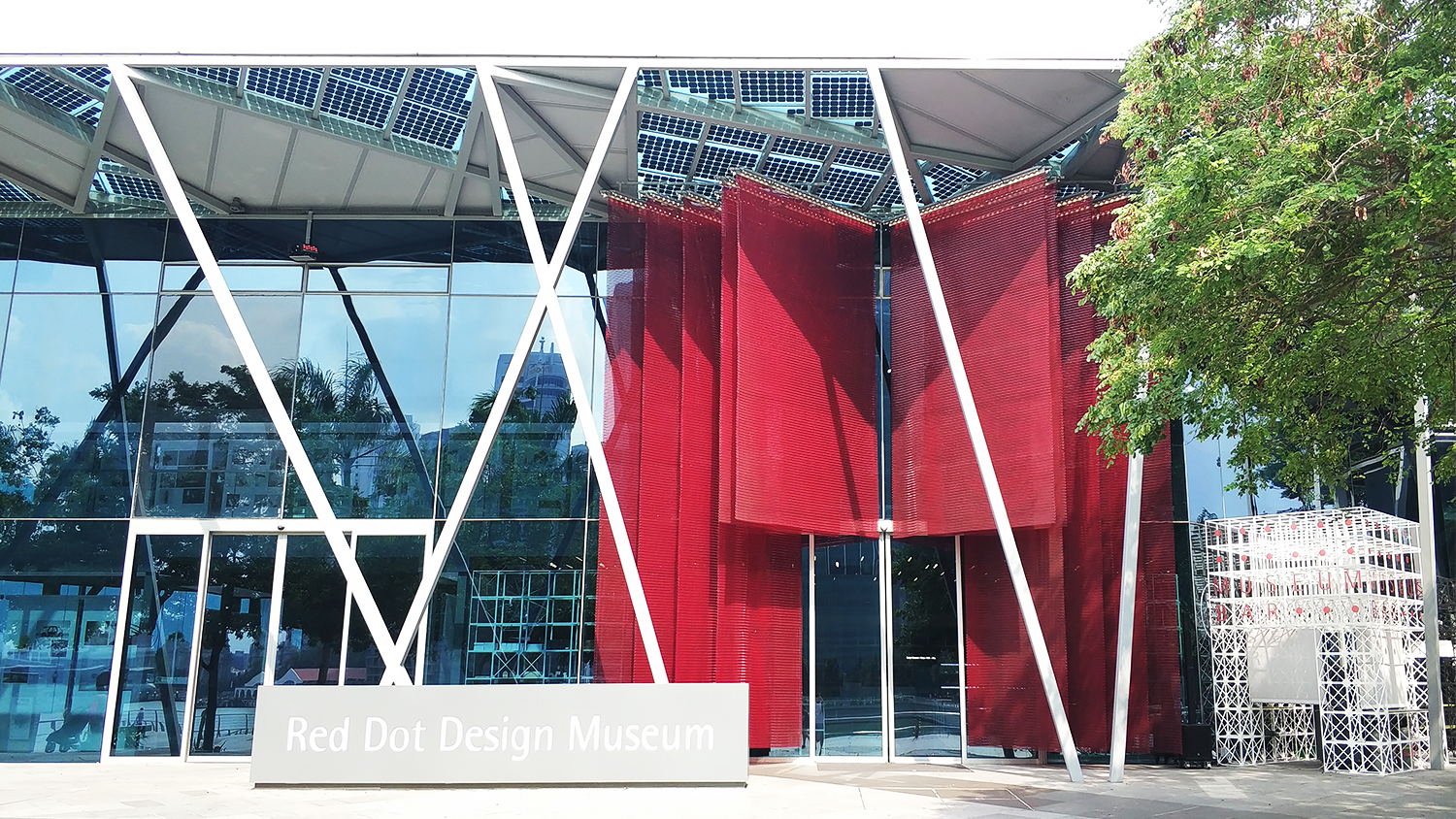
After arriving at the scene, what appeared in front of me was a brand-new steel structure building with avant-garde shape. The whole building is smaller than I thought. There is a dark gray sign at the front door that says "RED DOT DESIGN MUSEUM". The whole building looks very clean and tidy, suitable for license plates.
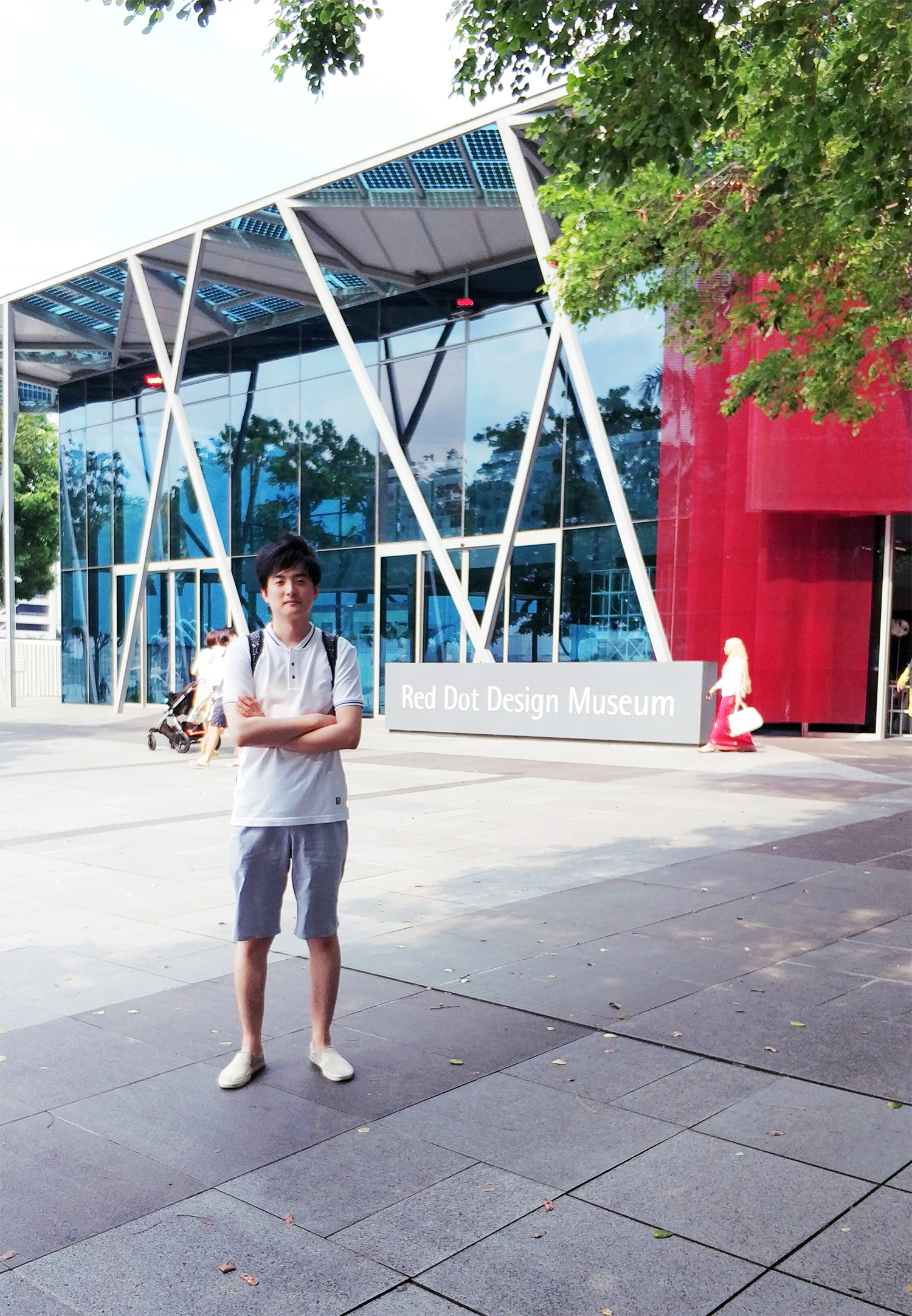
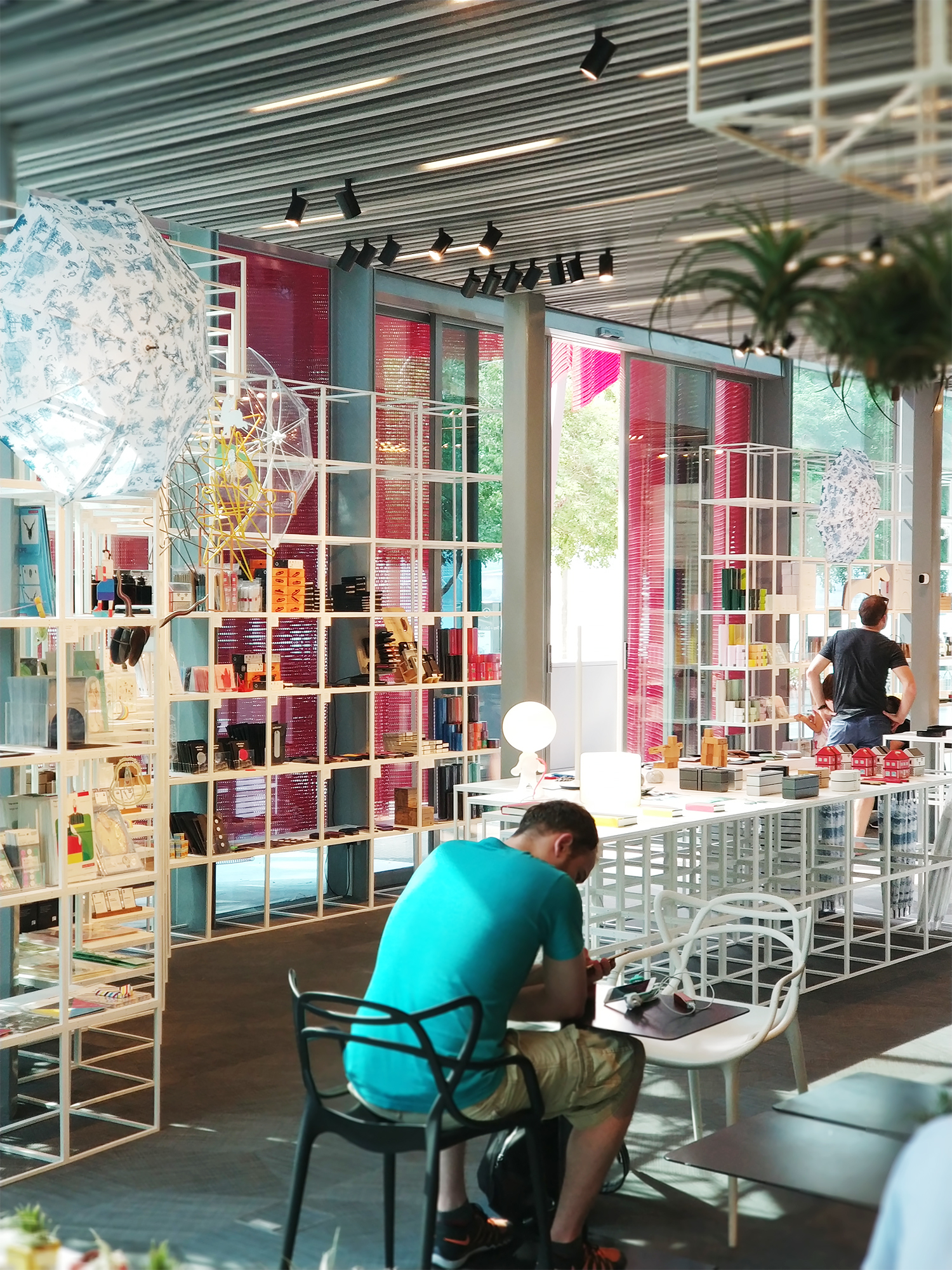
After entering the room, on the right side of the first floor is a free open area, where many past award-winning works are displayed and sold directly at a price. There is a bar counter in the middle. Tourists can sit and drink coffee or buy tickets to visit the second floor. On the left is a large array of objects, in which some products such as balance cars and electric cars are placed. On the second floor, I saw the introduction of the picture exhibition hall, so I didn't go up. After all, the Red Dot Award has a free electronic atlas every year for people to appreciate the winning works. Without much gossip, everyone can look at the photos and find out if there are any products designed by themselves.
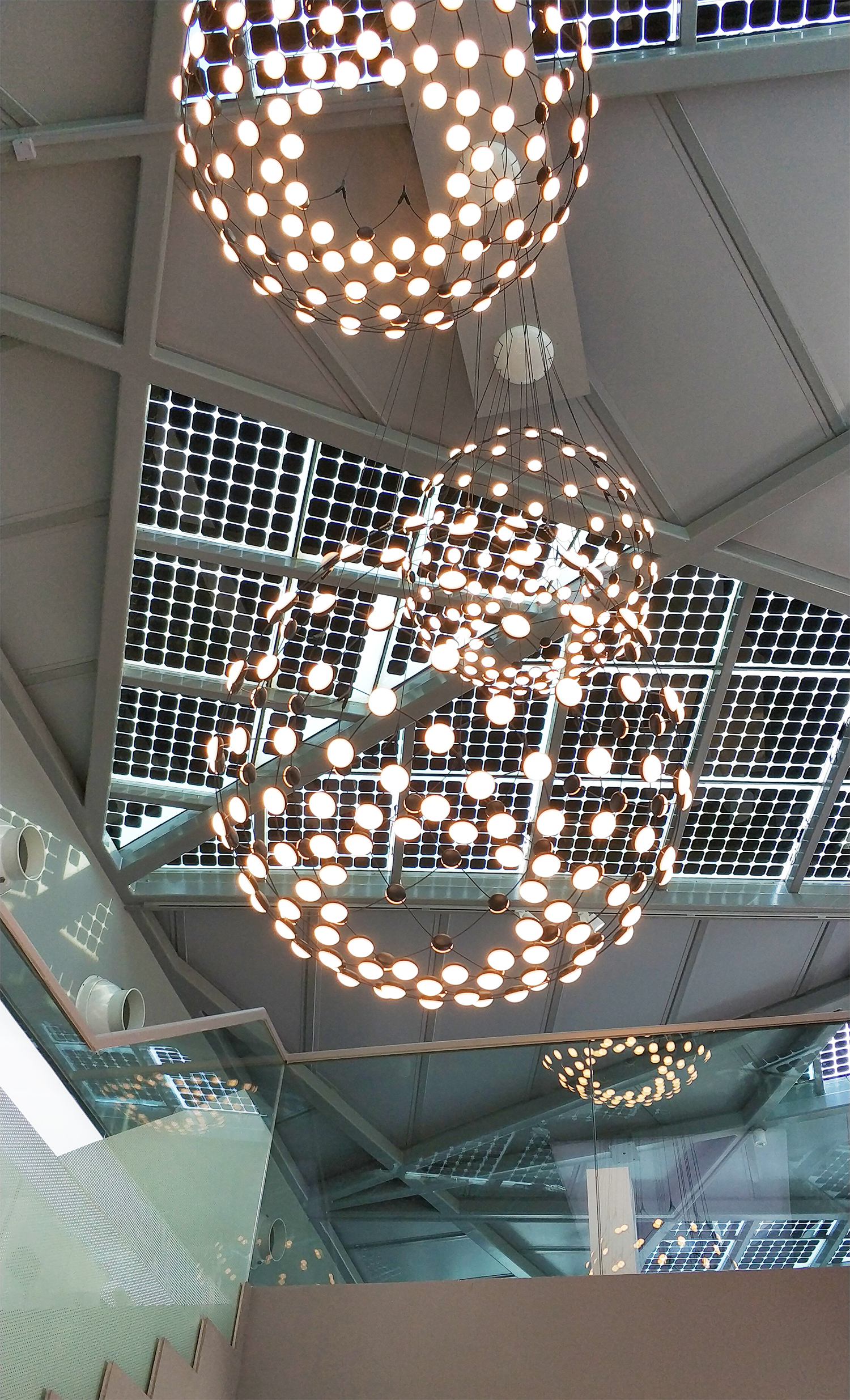
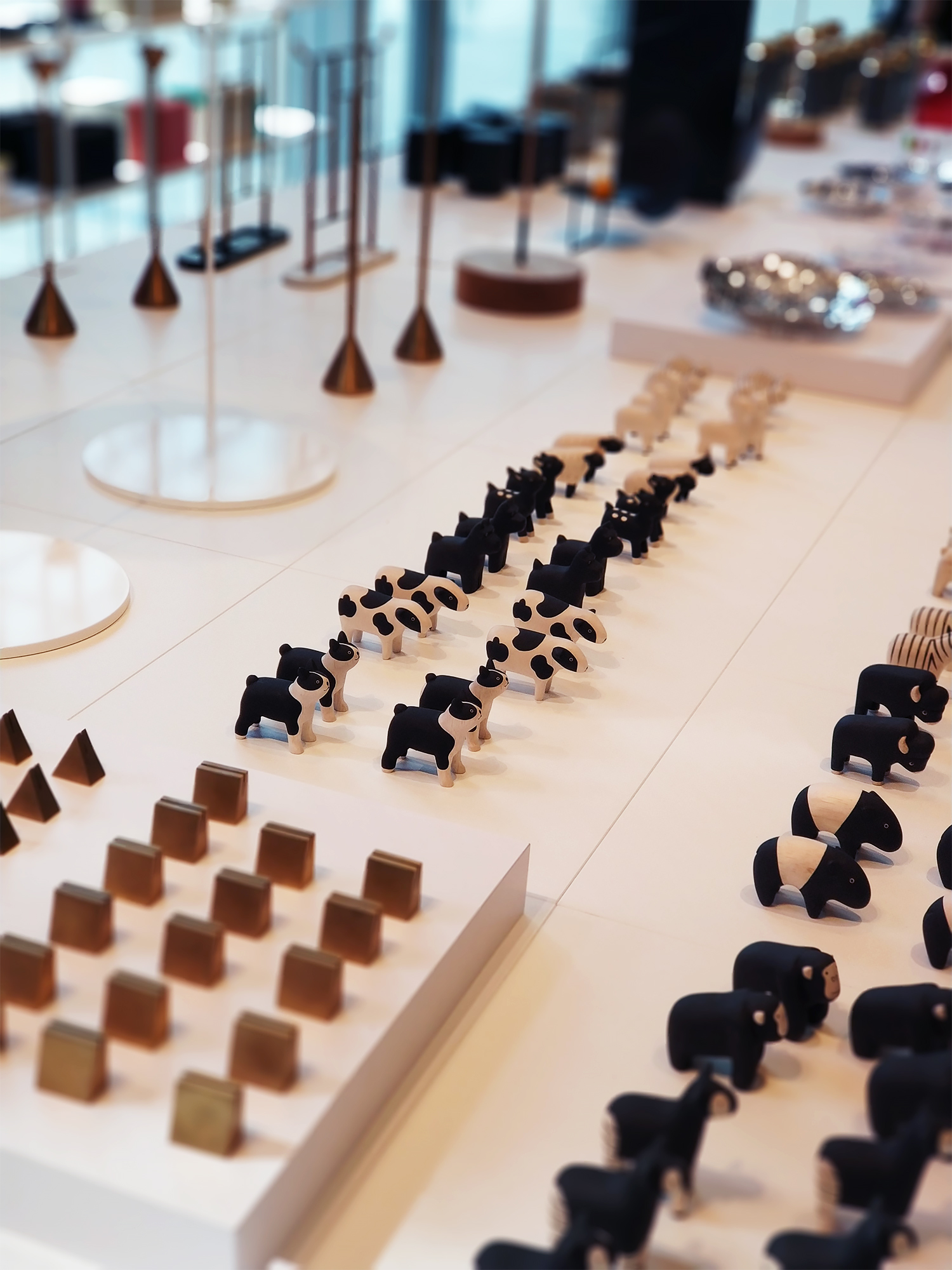
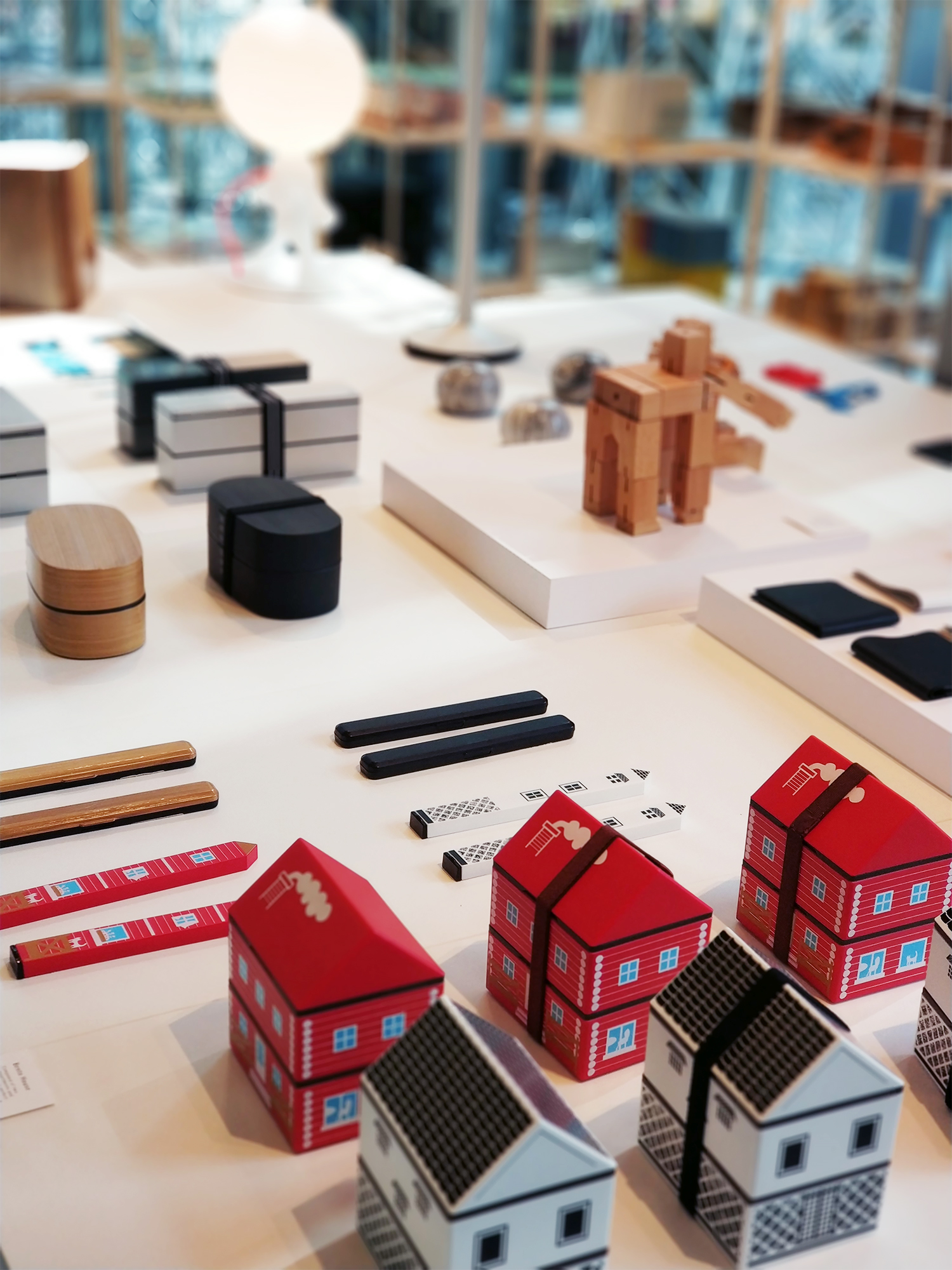

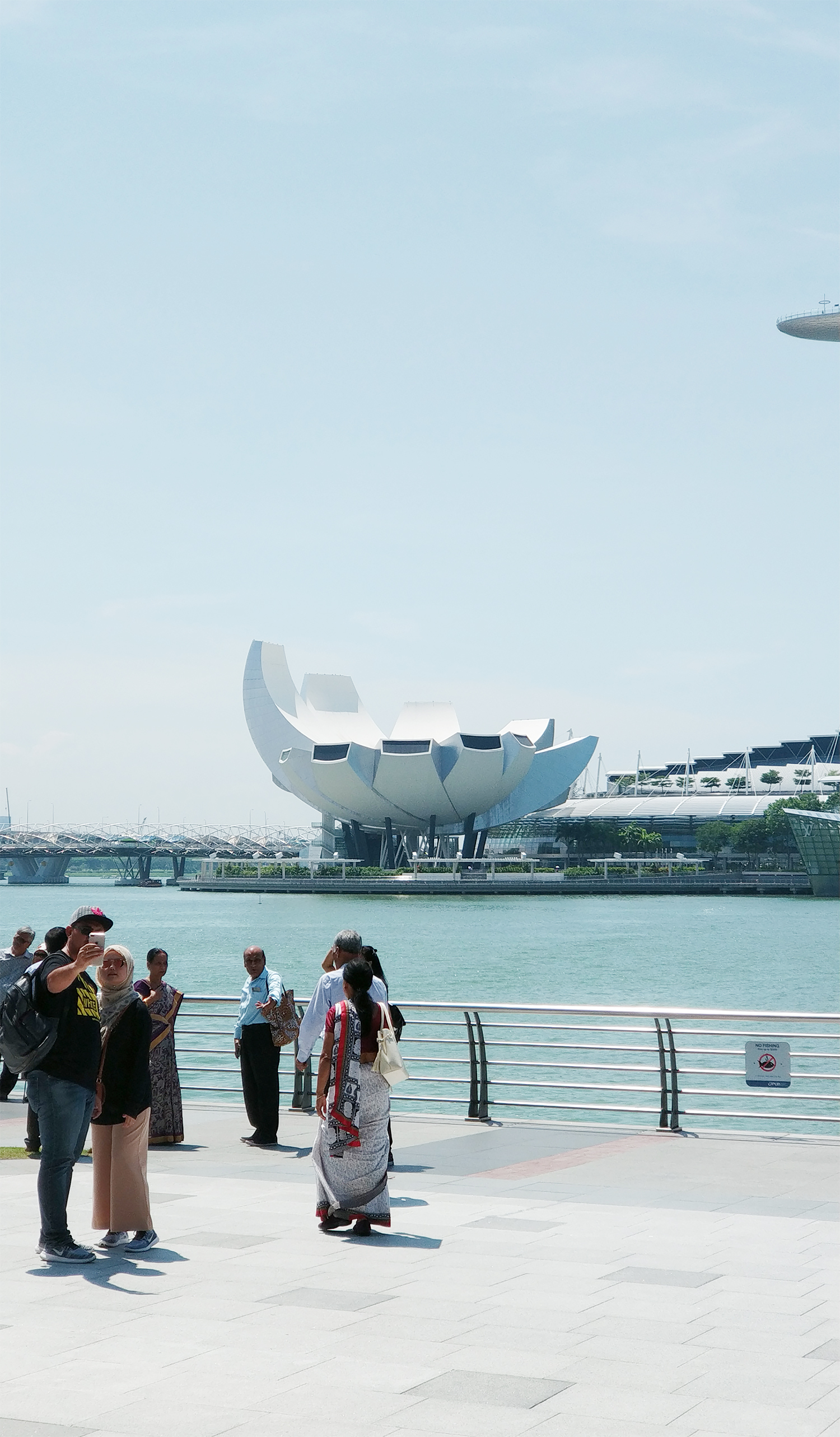
There is also a museum called Natural Science (Artscience) at the other end of the road. From a distance, it looks very like a lotus flower. Due to the schedule, I didn't go to the interior to visit, but took some photos from a distance. According to the information found on the Internet, the shape on the top of the museum is not a lotus flower, but 10 "fingers", which are called "The Welcoming Hand of Singapore". The roof of the museum can collect every drop of rain water, and then the recovered rain water is used for toilet use in the building.
The ArtScience Museum is designed by the Canadian Israeli design master Moshe Sadfie. The shape is novel and unique. The museum will provide exhibitions of art, science, media, technology, design and architecture. The permanent exhibition includes objects representing the entire artistic and scientific achievements, such as Da Vinci's flying machine, Kongming lantern, high-tech robot fish. Interested friends can go and see it in person.
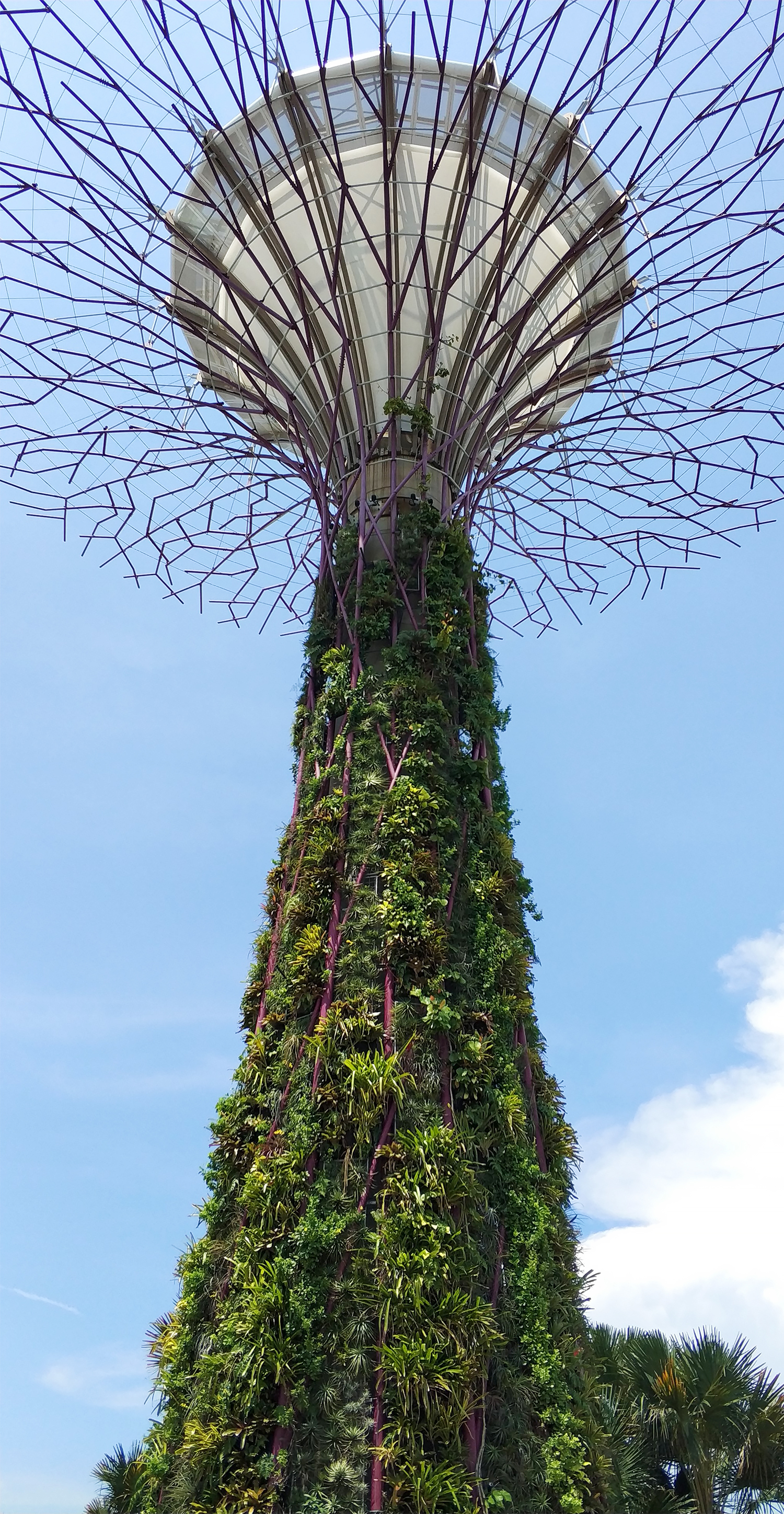
Marina Bay Garden
Taxi takes 15 minutes from the Red Dot Museum to Marina Bay Garden. Speaking of this name may be a bit strange to some people. But the buildings in the photos must be familiar to everyone. Yes, these huge "world trees" can be said to be the representative buildings of Singapore's garden city. Broadly speaking, Marina Bay Garden is a giant botanical garden or botanical museum. It consists of the "World Tree" area with free and open tours outside and two huge glass internal pay areas.
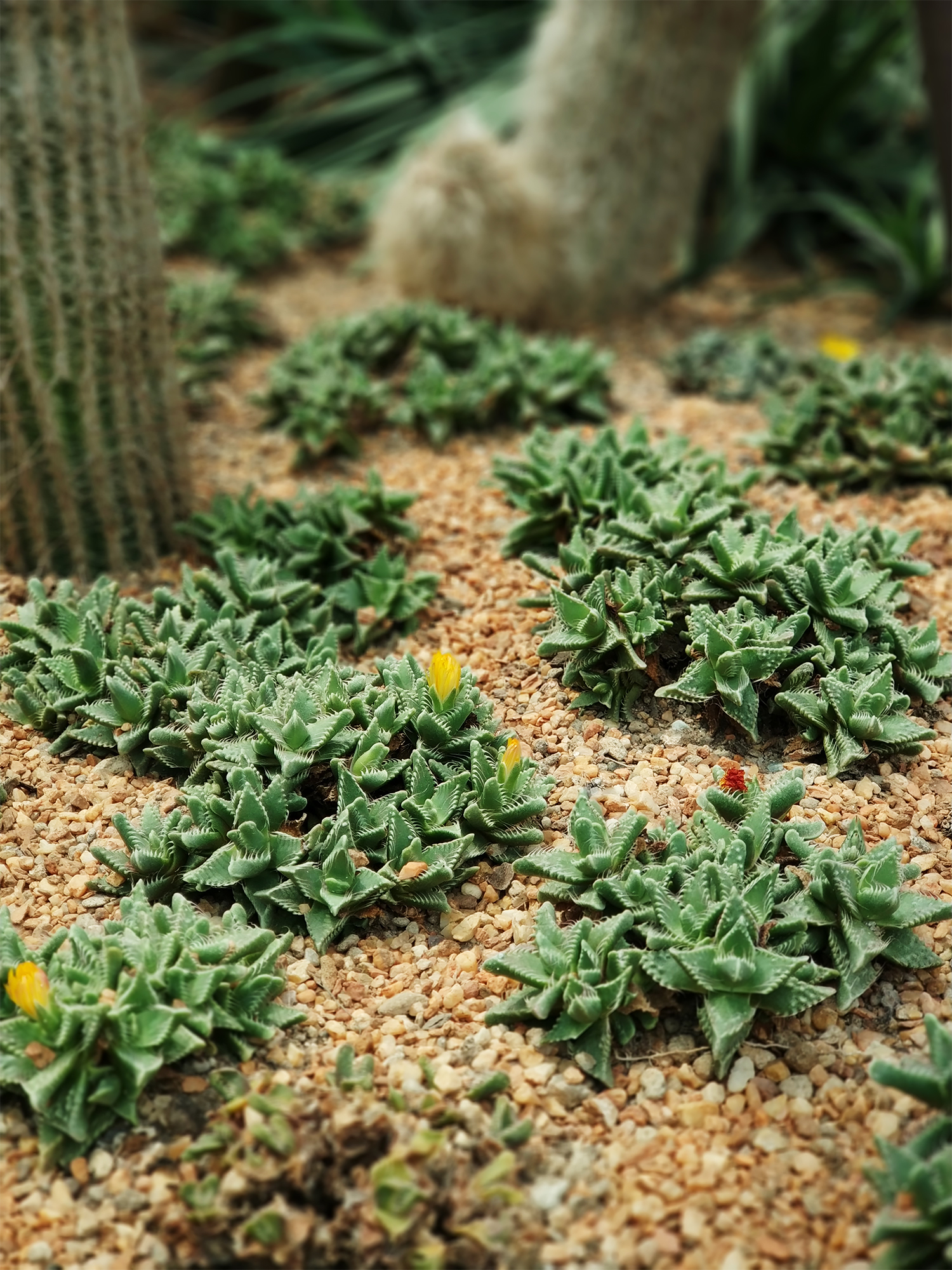
At first I thought the interior of the tropical plant glass room would be very hot and dry. I didn't expect to enter the moment the cold wind was biting, and a cold feeling came instantly. After reading the introduction, I realized that this was specially set up to simulate the cool climate of tropical mountainous areas and the cool and dry climate of Mediterranean and semi-arid and subtropical areas. The little friends who go on the tour must remember to approve the coat before entering.
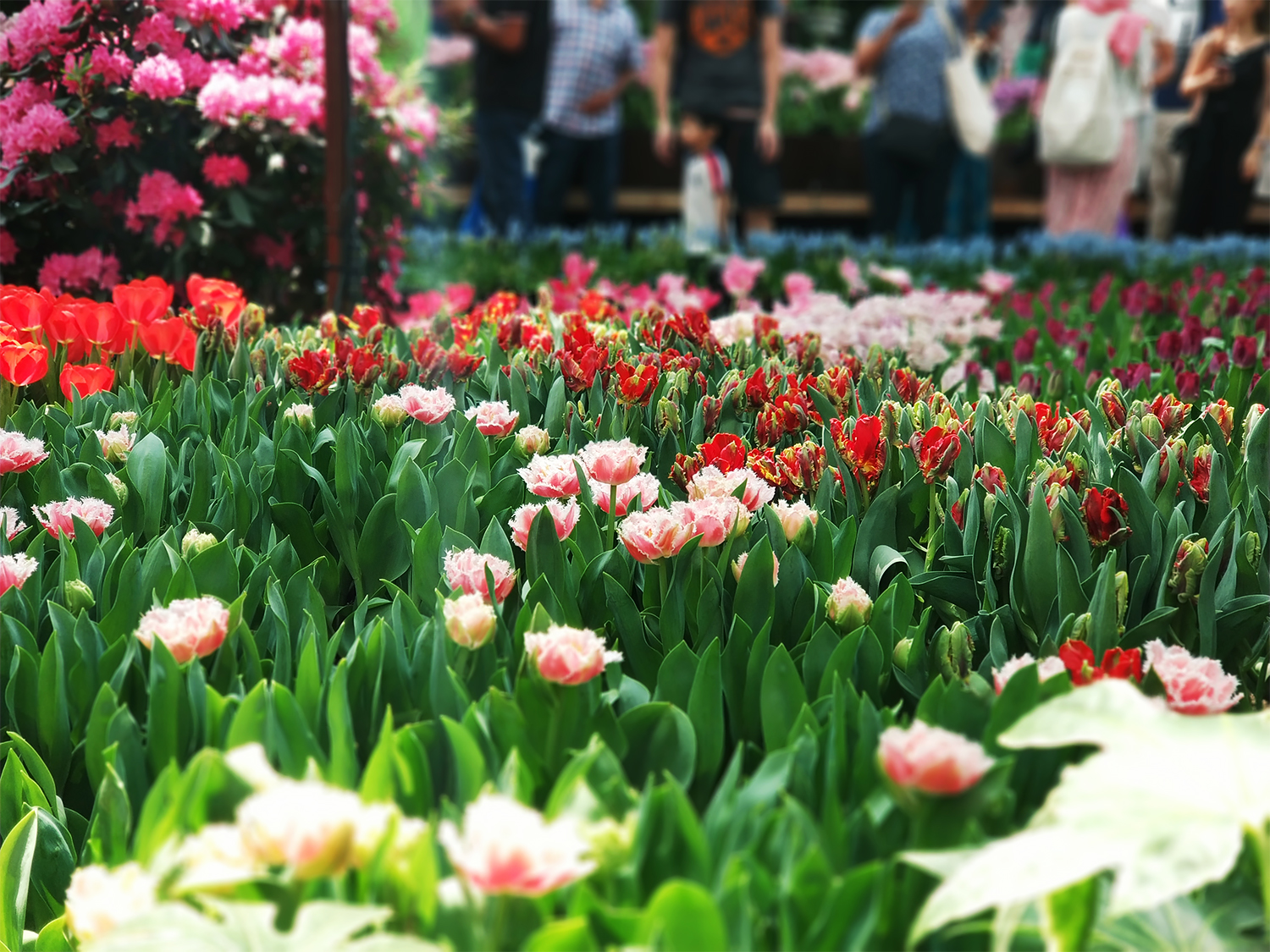

Another glass house mainly reproduces the distribution pattern of plants in the rainforest climate. The whole room is built around a huge artificial mountain. Visitors can see a waterfall about 30 meters high as soon as they enter the glass room, which is very spectacular and shocking. You can even climb the mountain bit by bit along the narrow ladder or enter the interior of the mountain, overlooking the entire exhibition hall from a height. The layman watches the hustle and bustle, the expert watches the doorway. If you are a landscape architect, this is definitely one of the scenic spots you must see.

Interlude
D3 left Sentosa Island to change hotels and went to Shangri-La on Orchard Road. As soon as the car drove to the hotel, it was found that there were police officers conducting security checks and traffic control. After arriving at the hotel, I suddenly saw the security guards in the lobby and the actual combat with guns, as well as many foreigners with national identity cards and dressed in uniform. At that time, I couldn't understand what was happening here. After checking on the Internet, I found that our travel time was catching up with the 2018 ASEAN summit, and Singapore happened to be the rotating country this year. In the past few days, I have to be neighbors with the heads of state and dignitaries of various countries. I am still a little excited when I think about it!
After breakfast the next morning, I saw CCTV reporters doing interviews while waiting for shuttle bus at the gate of the hotel. At that time, I was impulsive and wanted to rub a camera to join in the fun, but I thought I 'd better forget it.
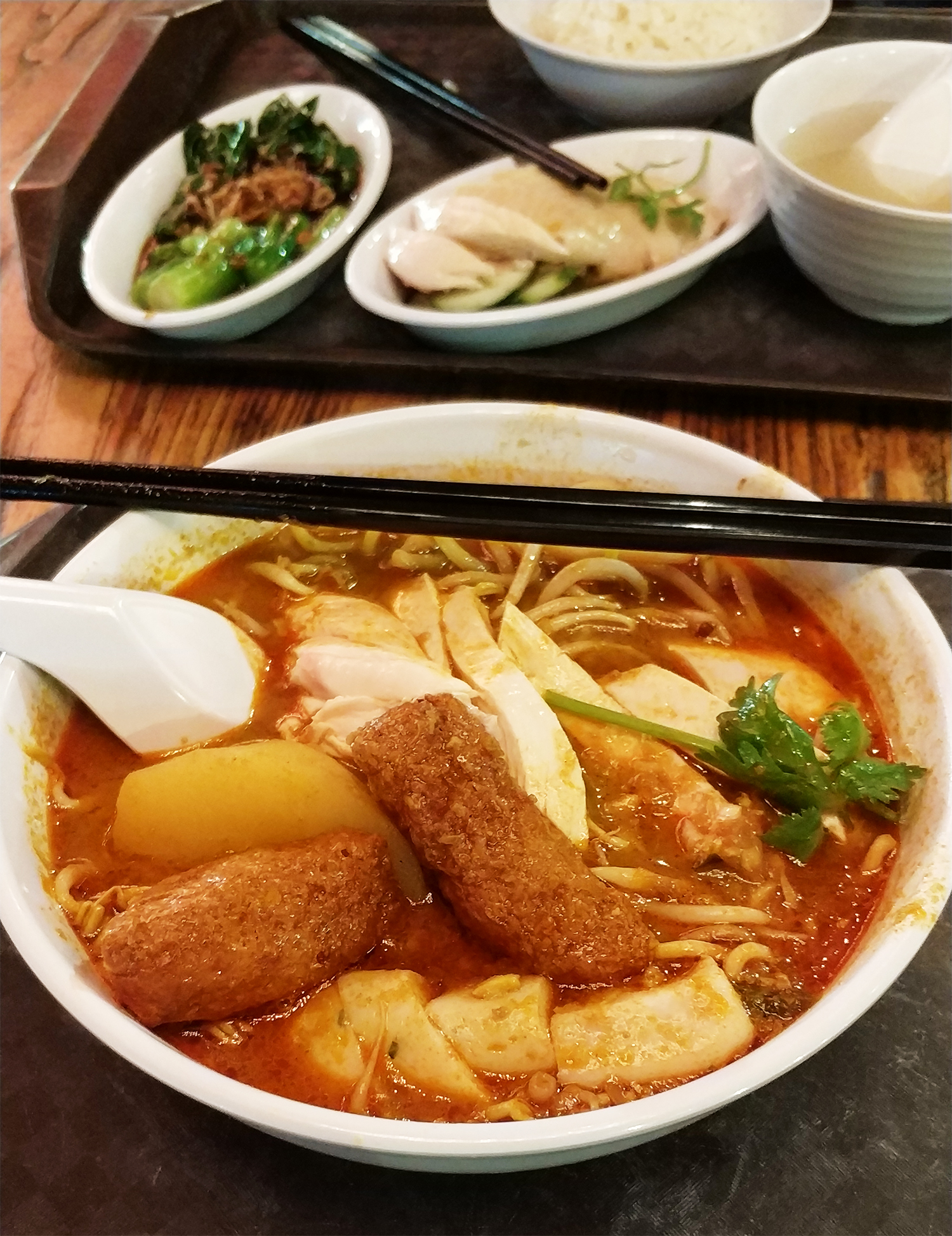
Gossip
Singapore's cuisine is mainly Cantonese and Indian cuisine. You can imagine that Bak Kut Teh, Hainanese chicken rice, and curry rice are the most common local delicacies. Singapore's consumption level is relatively high among Asian countries. In general, the price of a simple meal in a large canteen is about 50 RMB, and the price of a bottle of water is about 15 RMB. Therefore, if you follow the author's example and go to Singapore for 5 days, the ideal budget is about 10,000 yuan per capita. Of course, if the airport duty-free shop cannot satisfy you and you want to go to buy buy on Orchard Road, it is another matter.
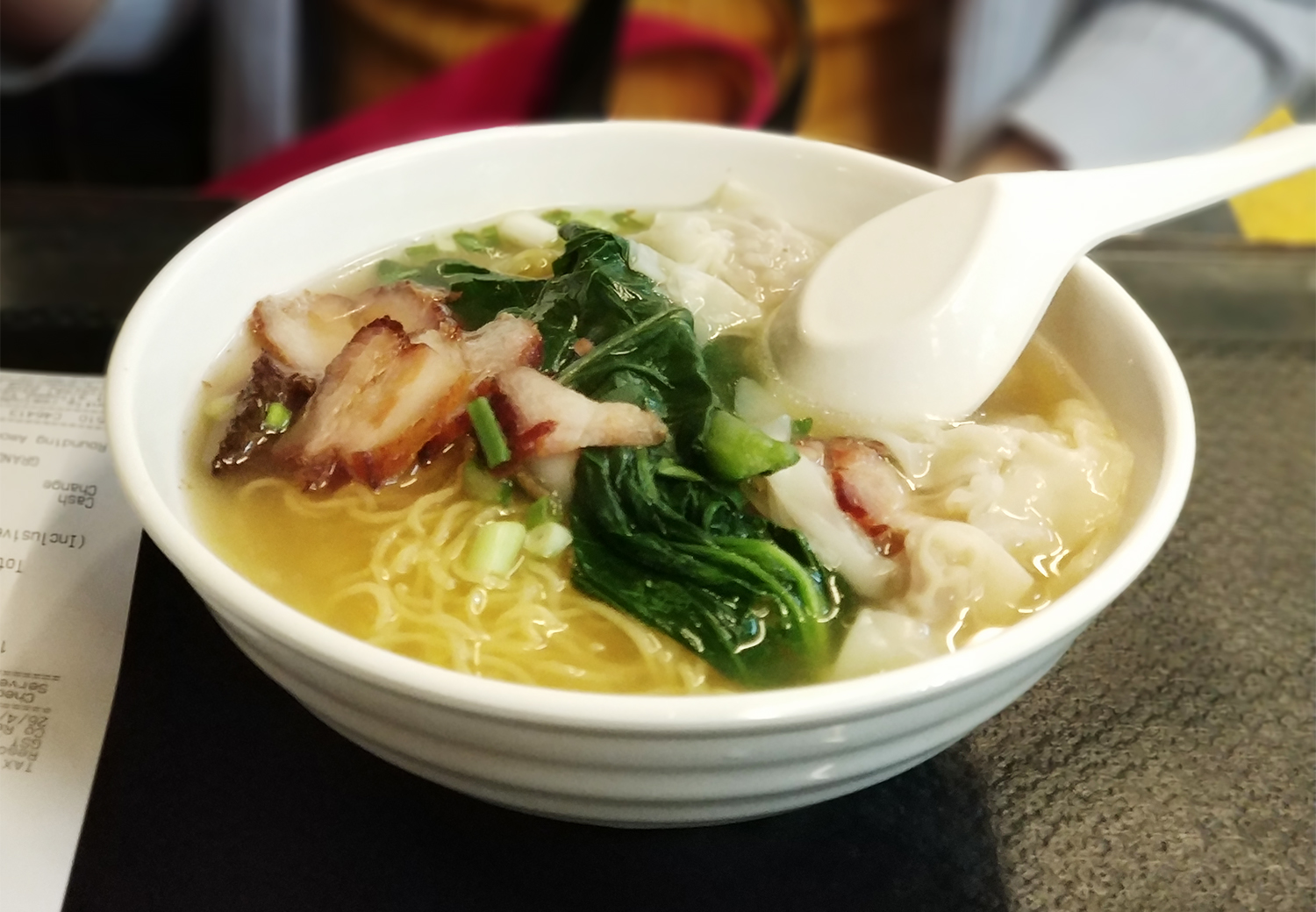
In addition, the author suggests that it is best to travel freely to Southeast Asian countries. On the one hand, you can freely control the rhythm of time, and on the other hand, you can customize your own itinerary planning route. This is especially important for designers who want to visit systematically.

Finally, welcome to pay attention to my original public number: scratching your head. I usually share with you what I see, hear, think and think in my daily work and life from time to time. Not only talk about design here, but please speak freely about astronomy, geography, physics, chemistry, history and economy.
The copyright of this work belongs to 挠头阿吉丨龚允吉. No use is allowed without explicit permission from owner.

New user?Create an account
Log In Reset your password.
Account existed?Log In
Read and agree to the User Agreement Terms of Use.

Please enter your email to reset your password
Singapore looks like Tianjin. Tianjin has the highest consumption among the cities I have visited.
Pro-test domestic versions of ofo and mobike app cannot be used in Singapore
Where can I buy the latest red dot concept book or e-book?
This is the charm of design. It is difficult to take this road in China due to various negative interferences...
As a designer, Xiao Bai thought for a moment and couldn't understand the logic of the fly in the toilet.
See the recommended use of Alipay, hey hey